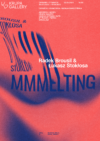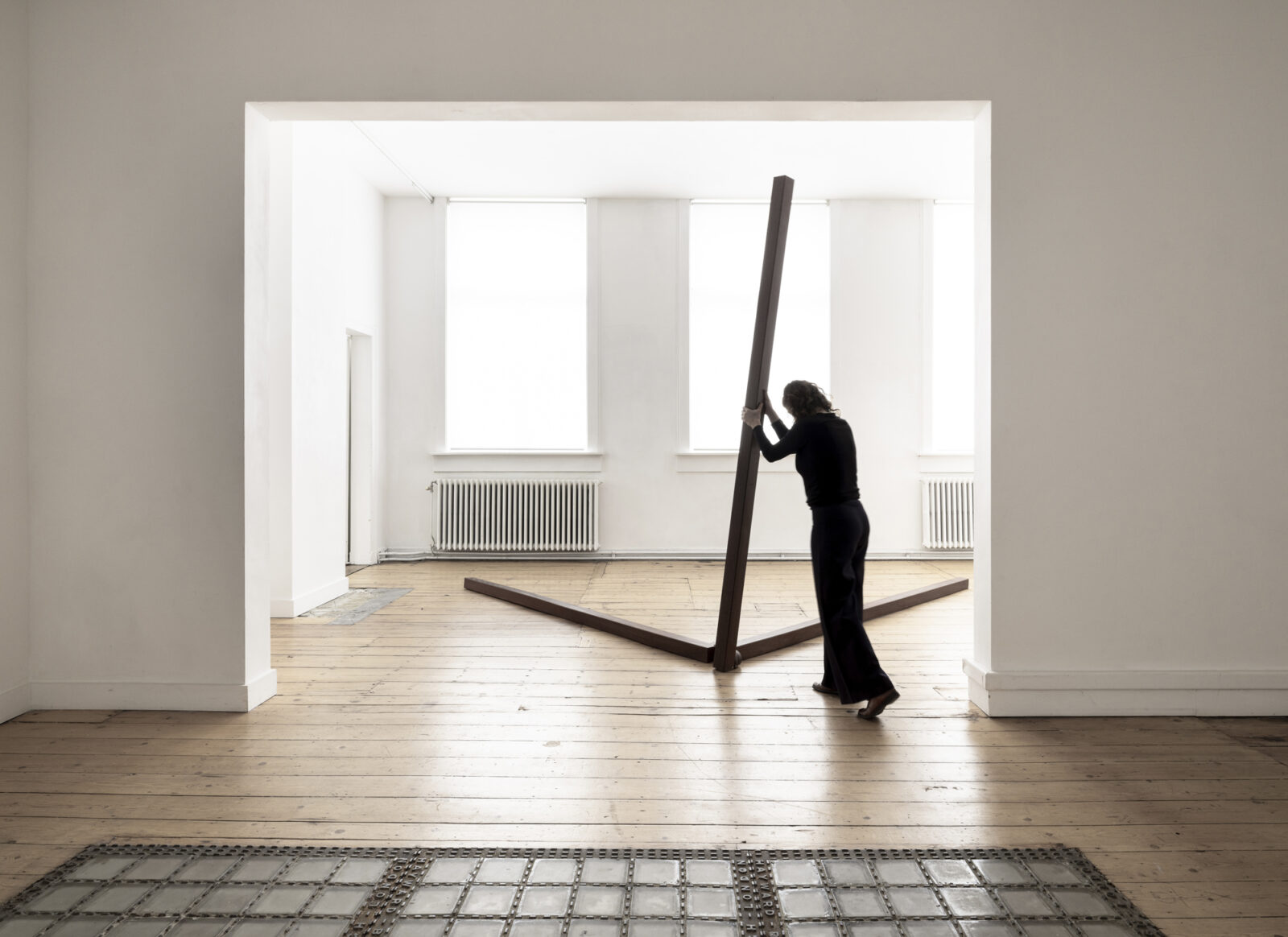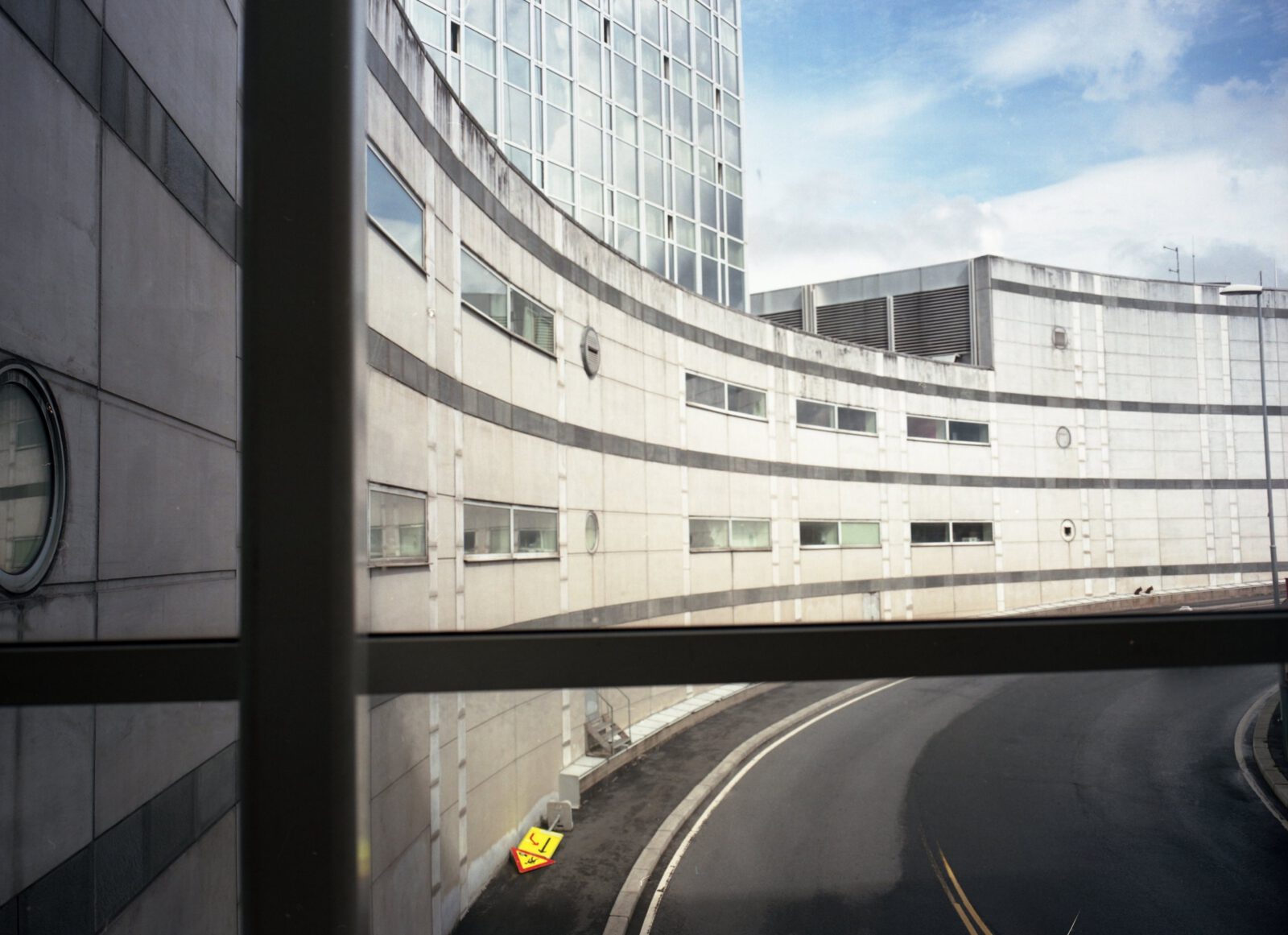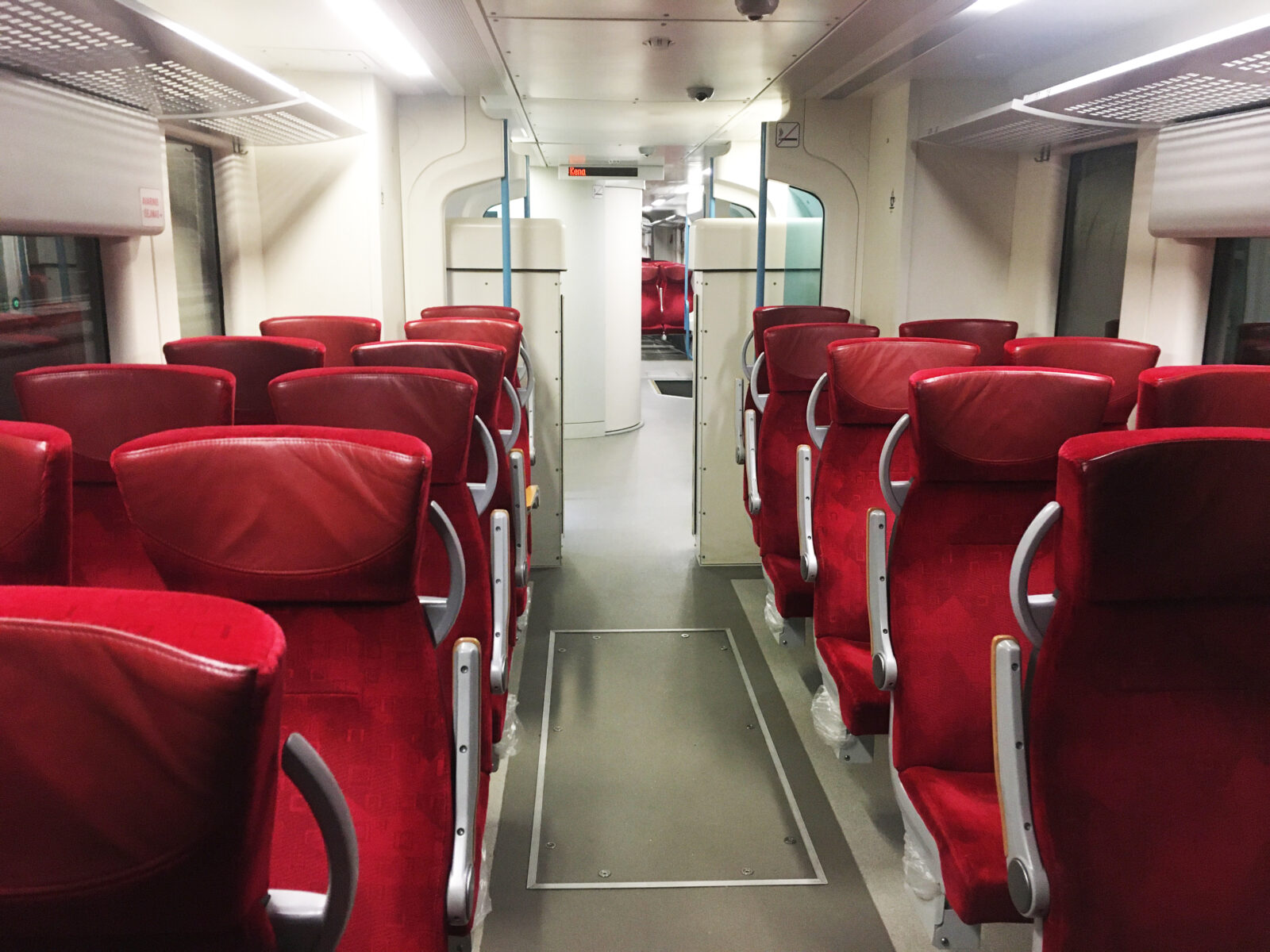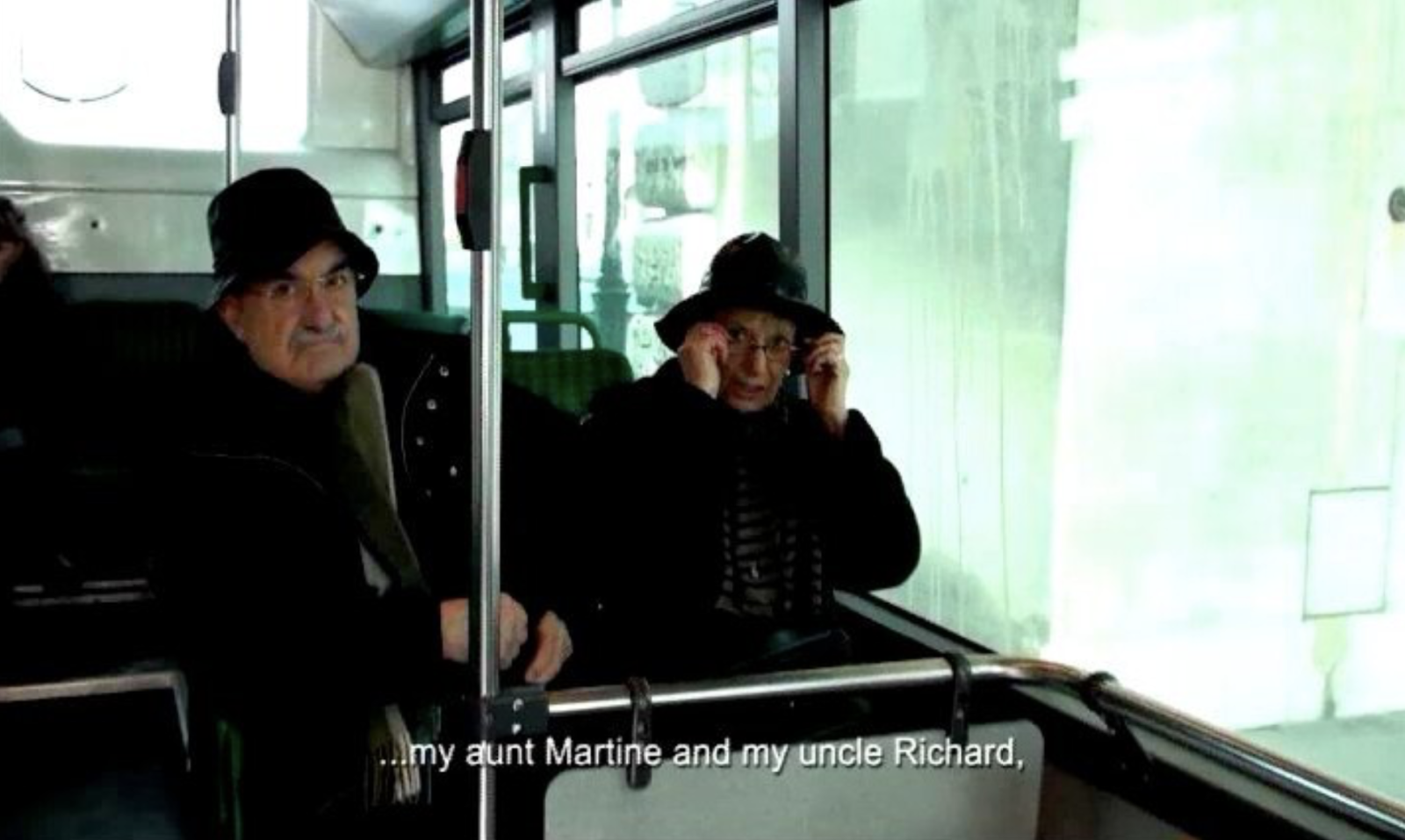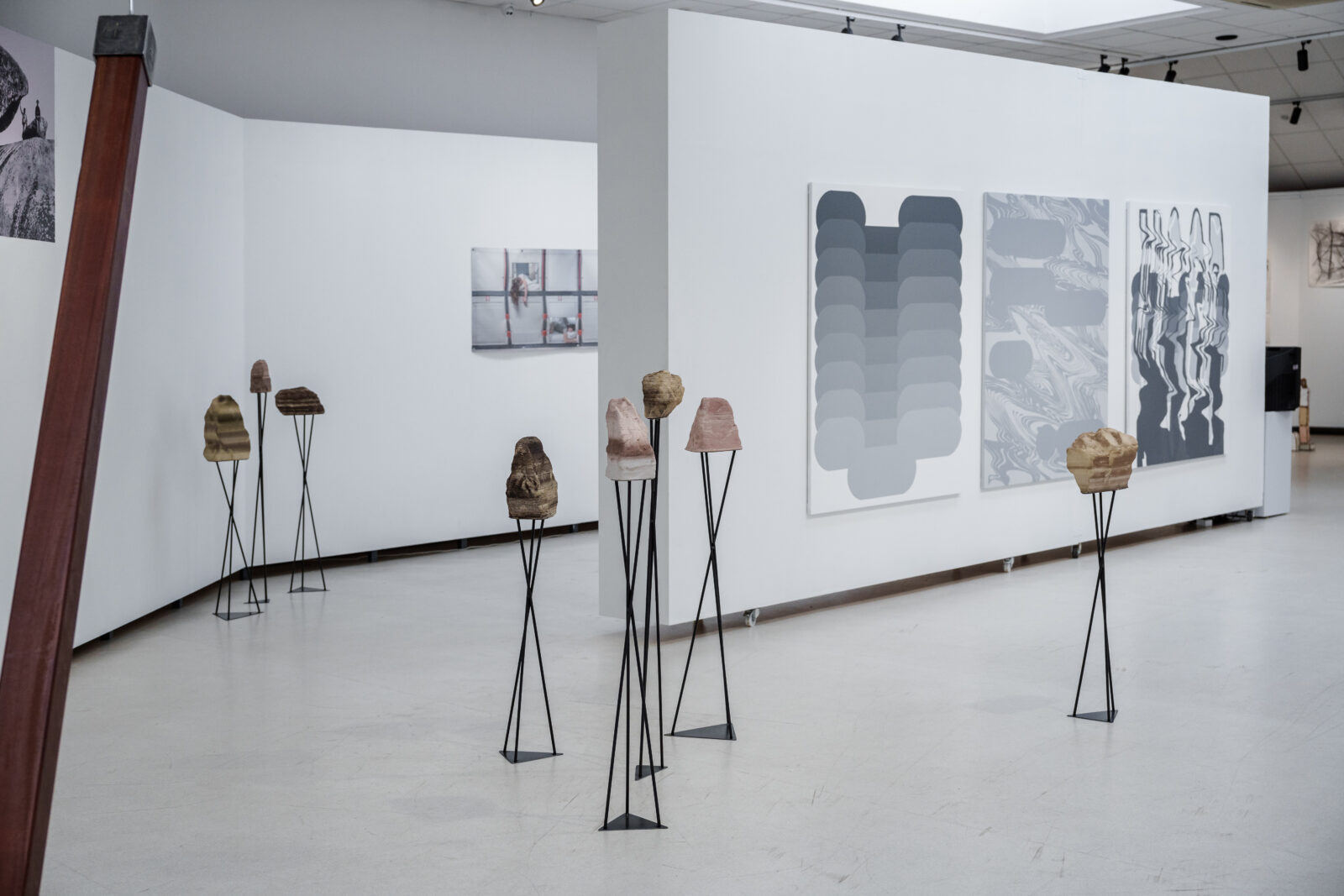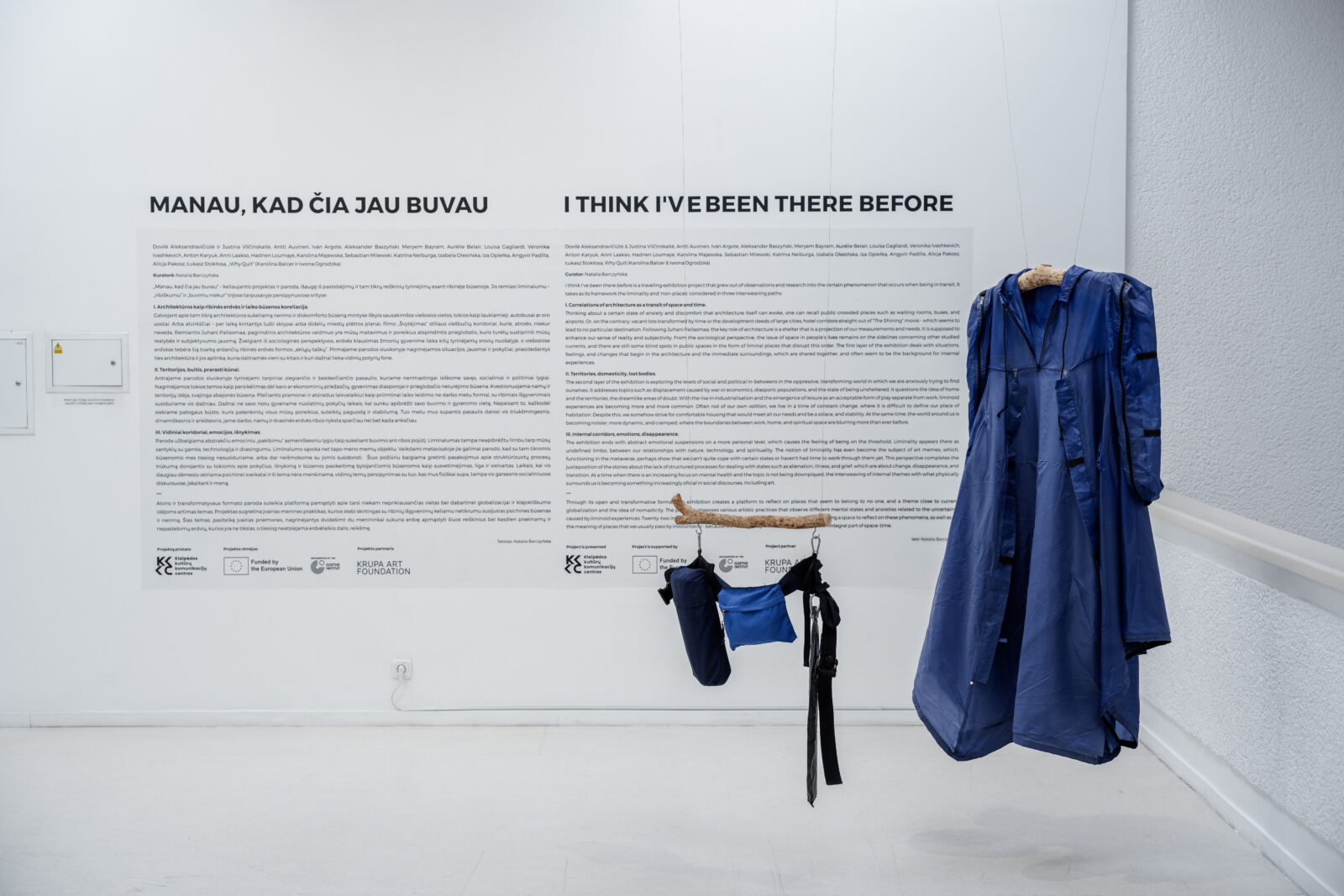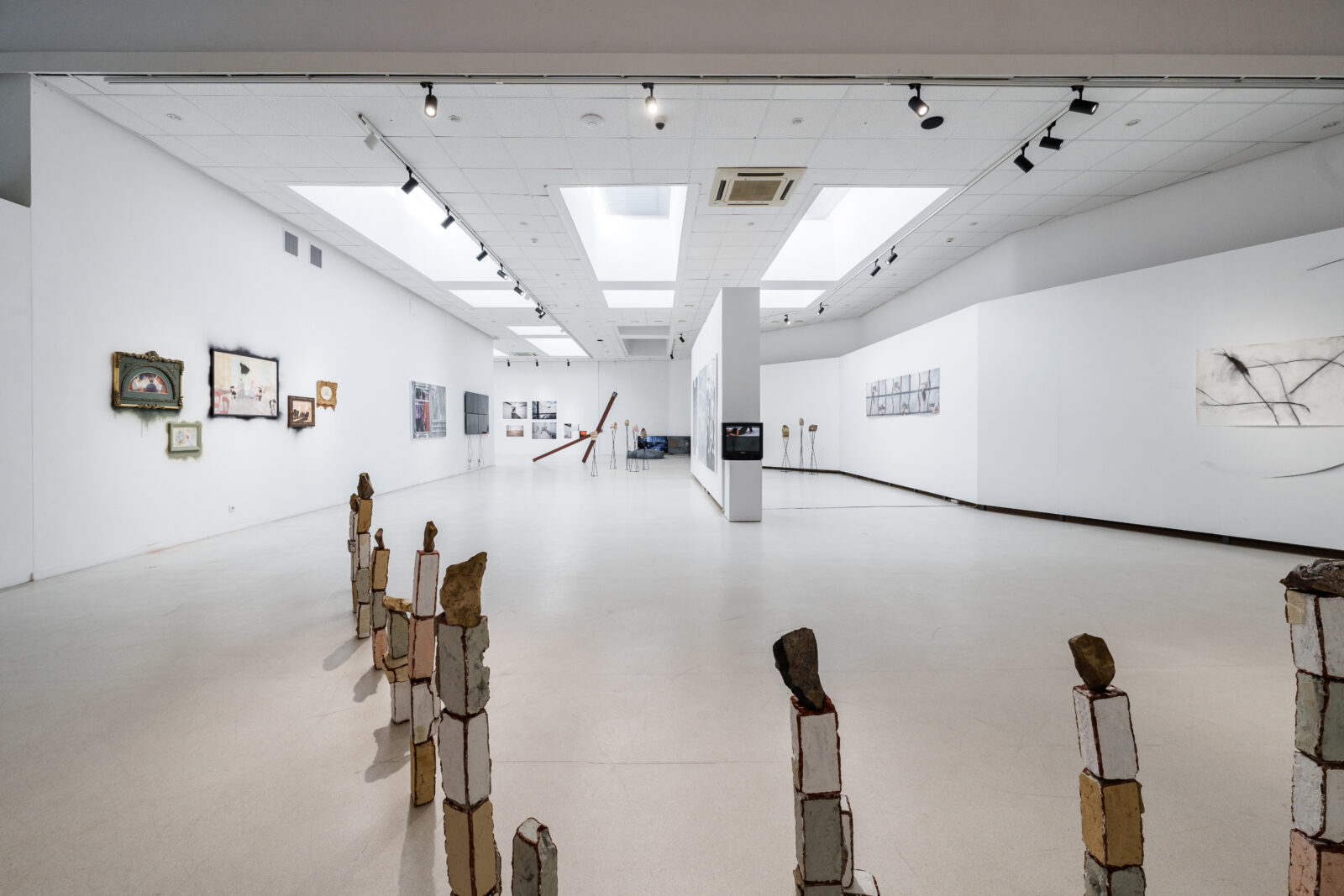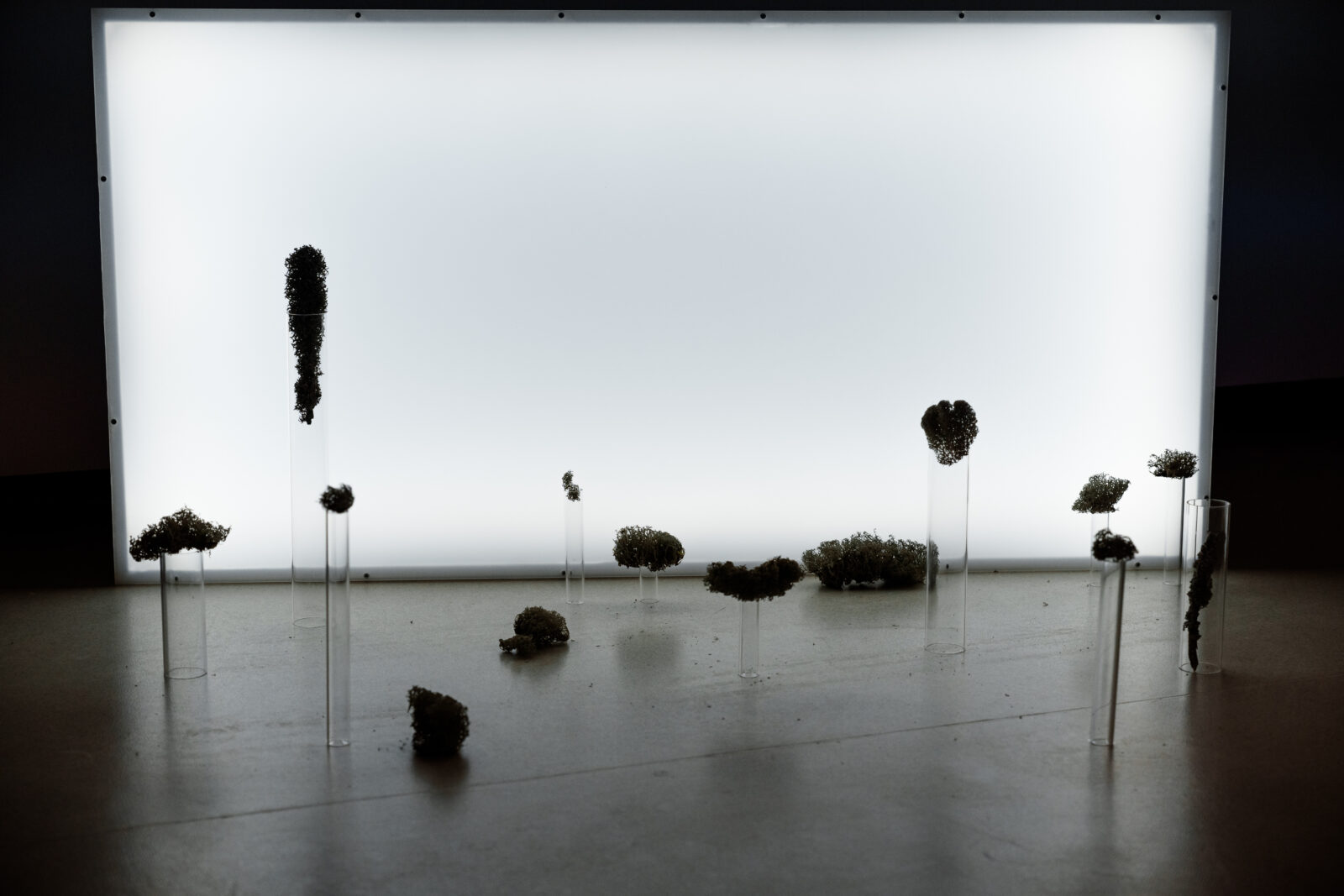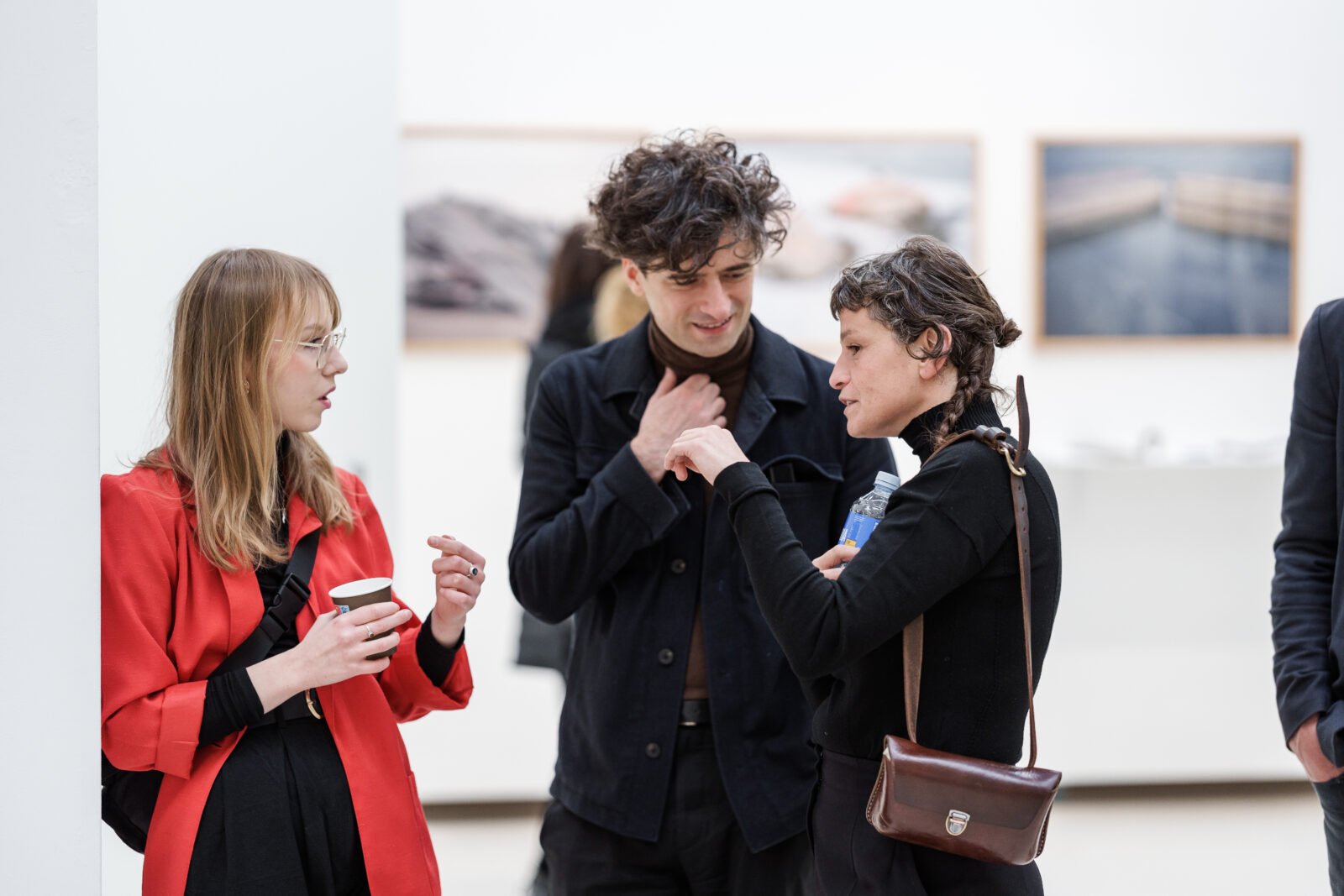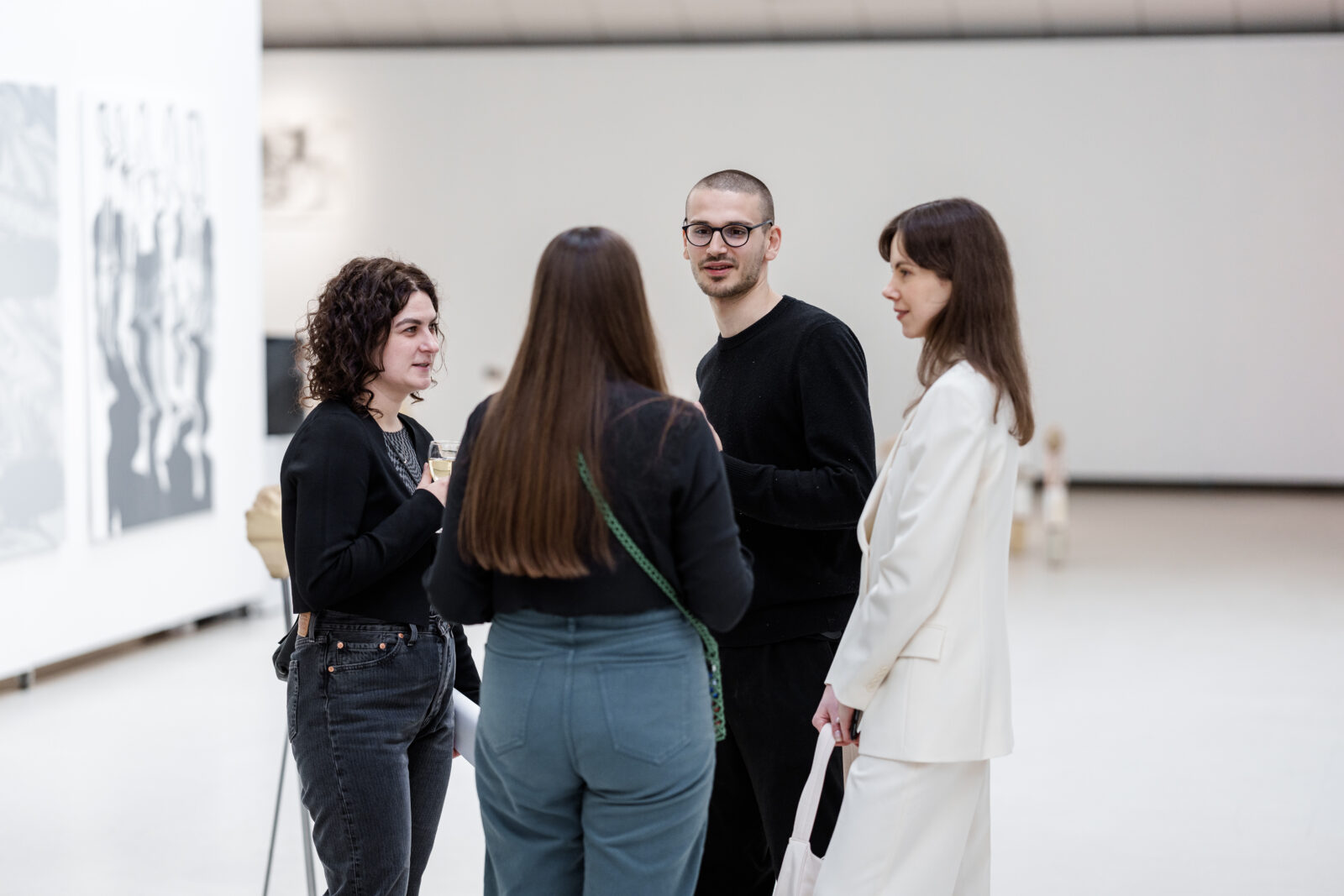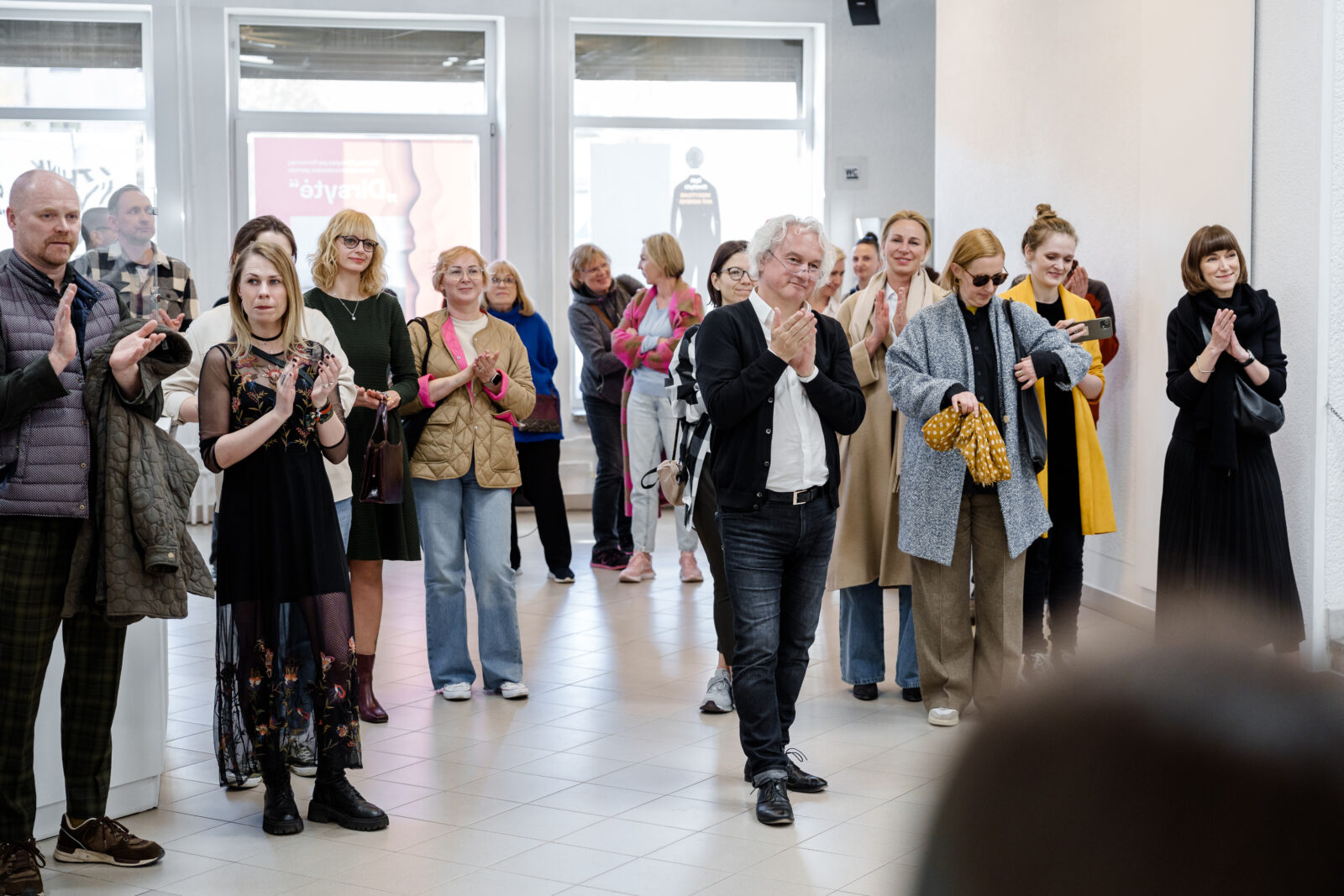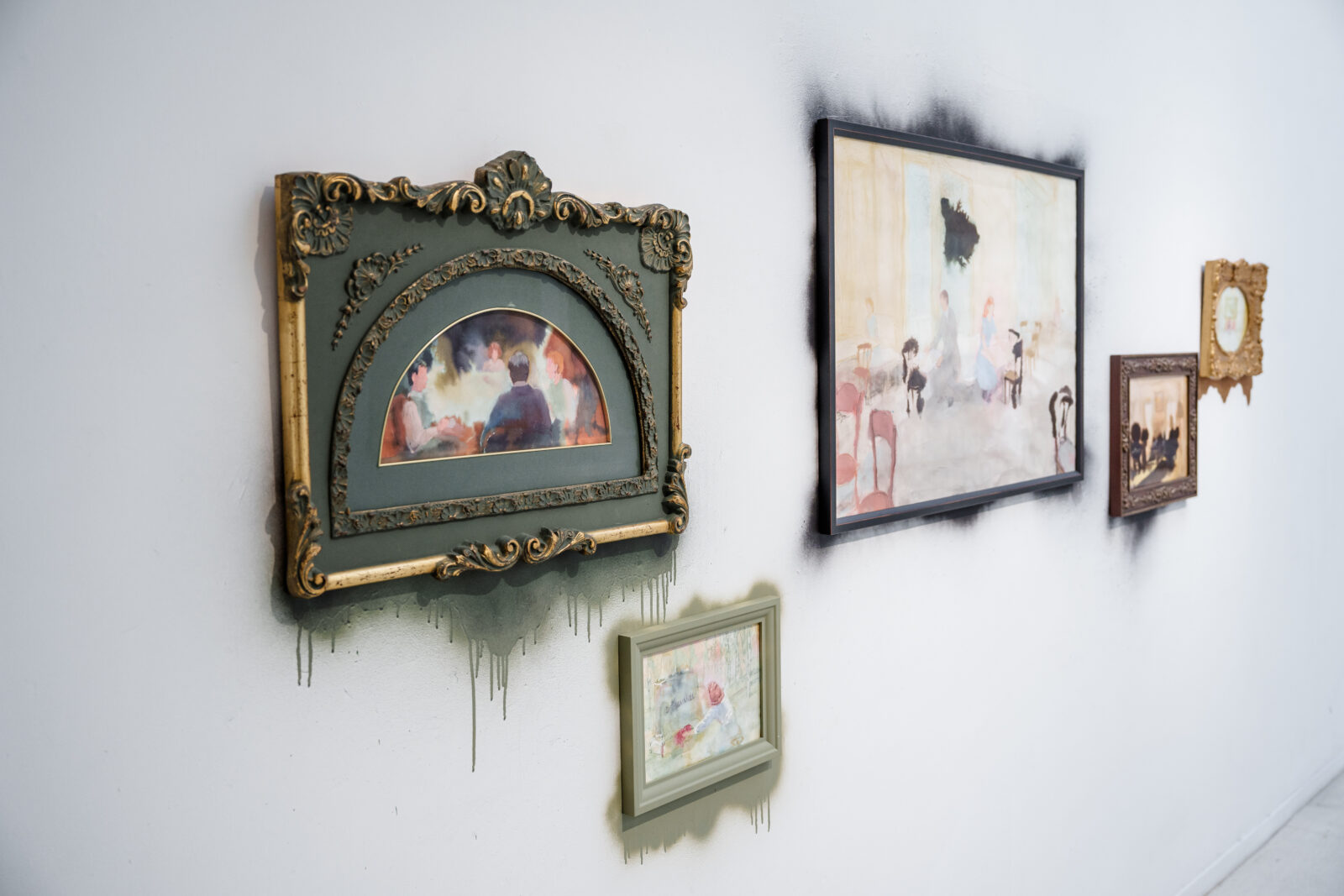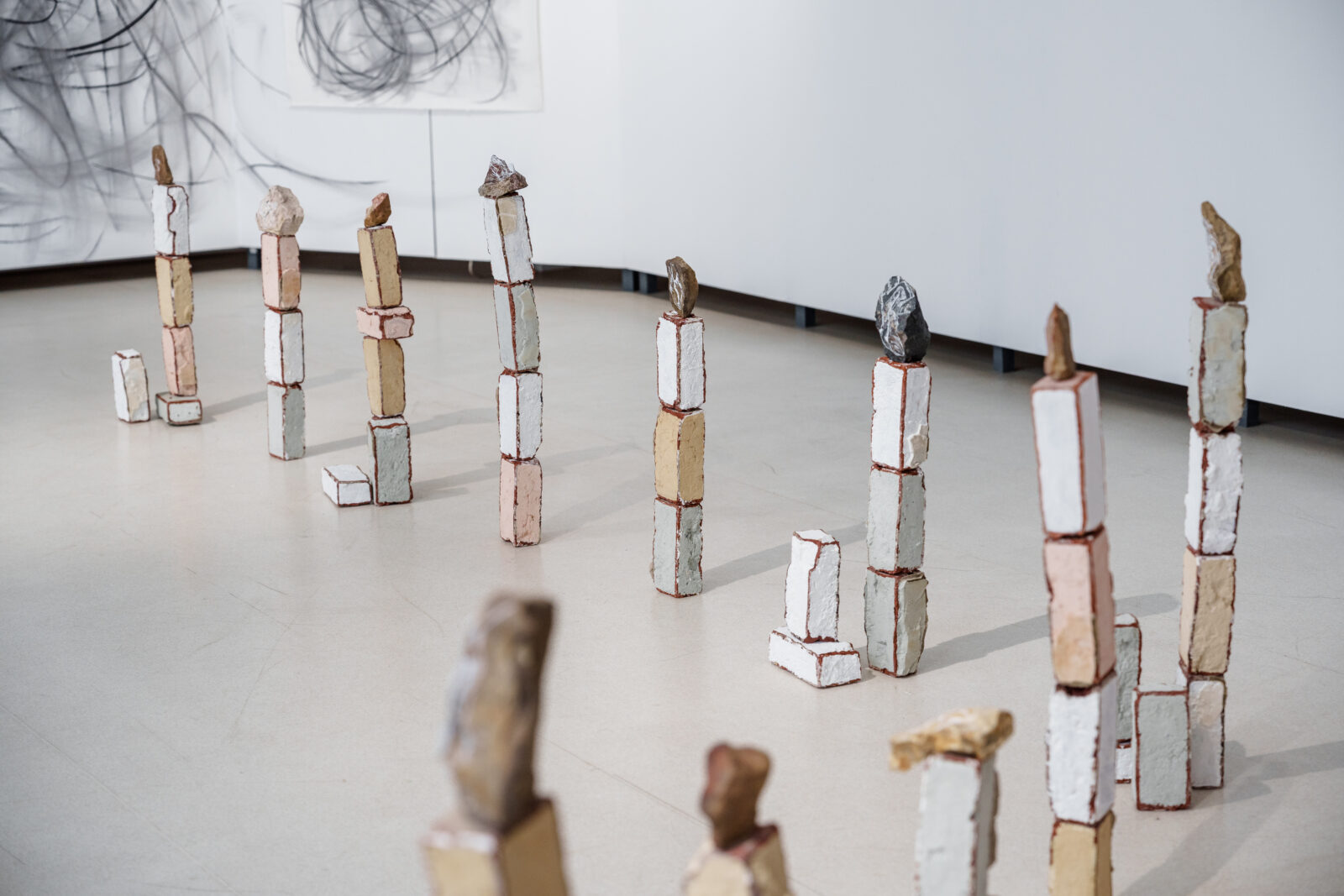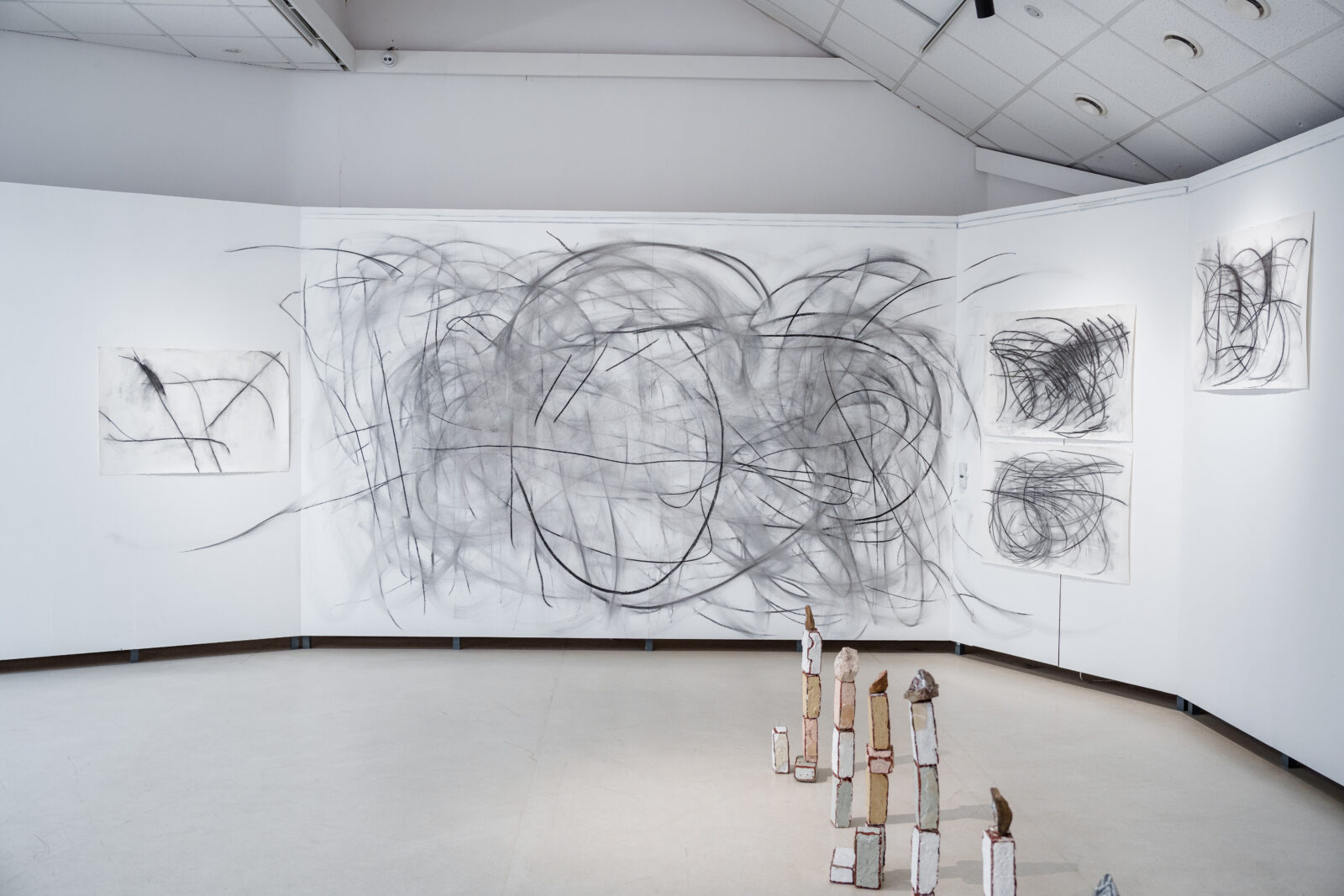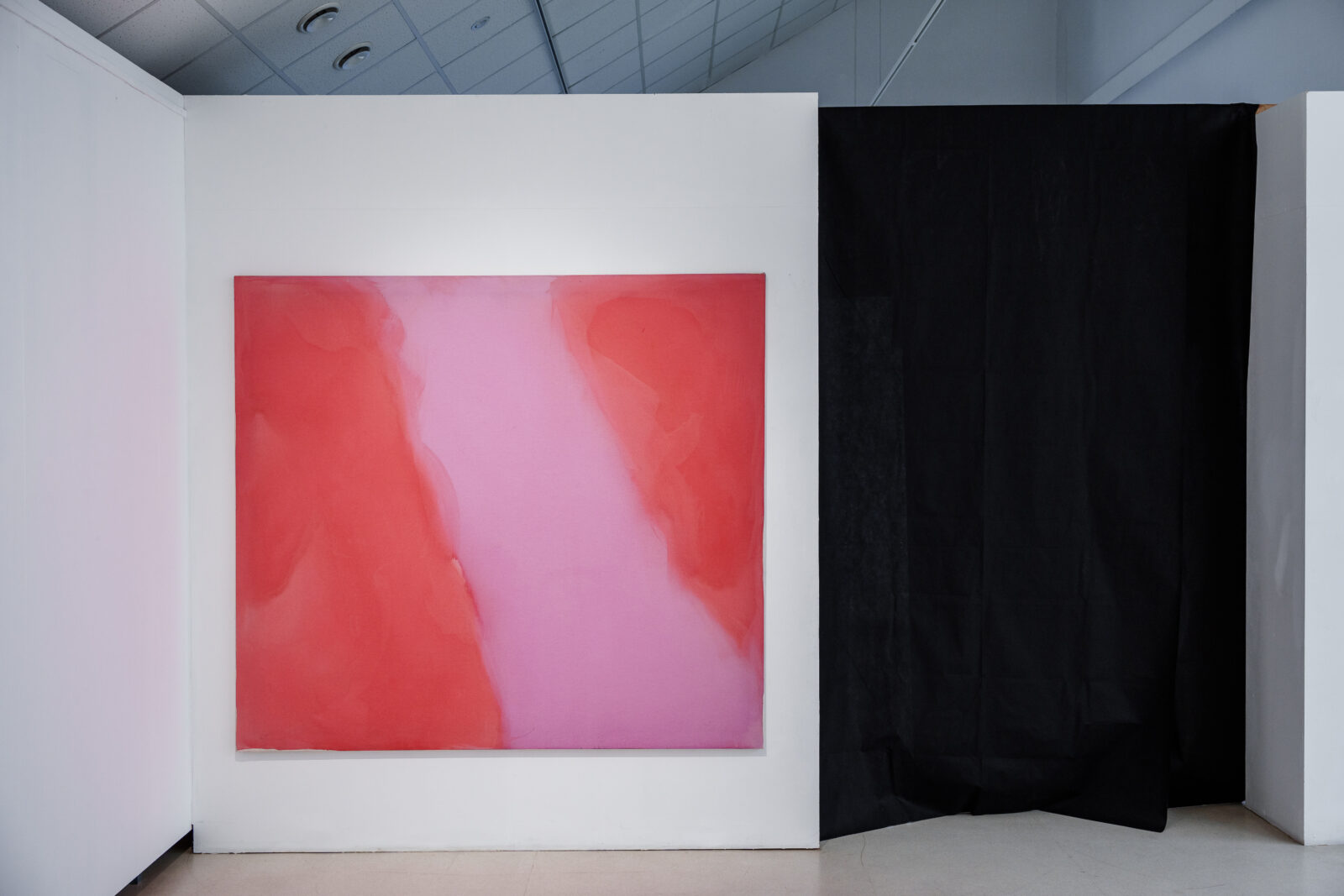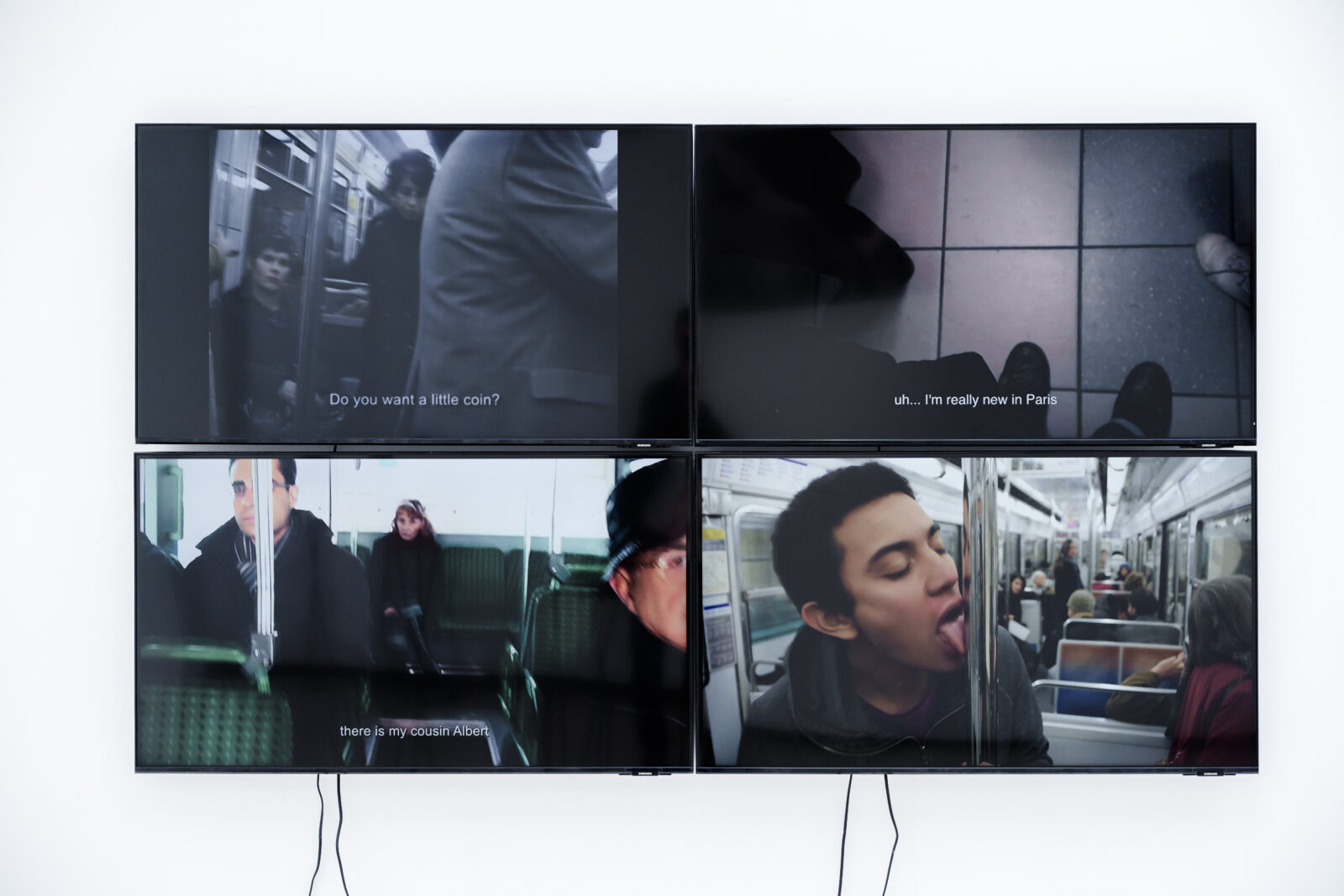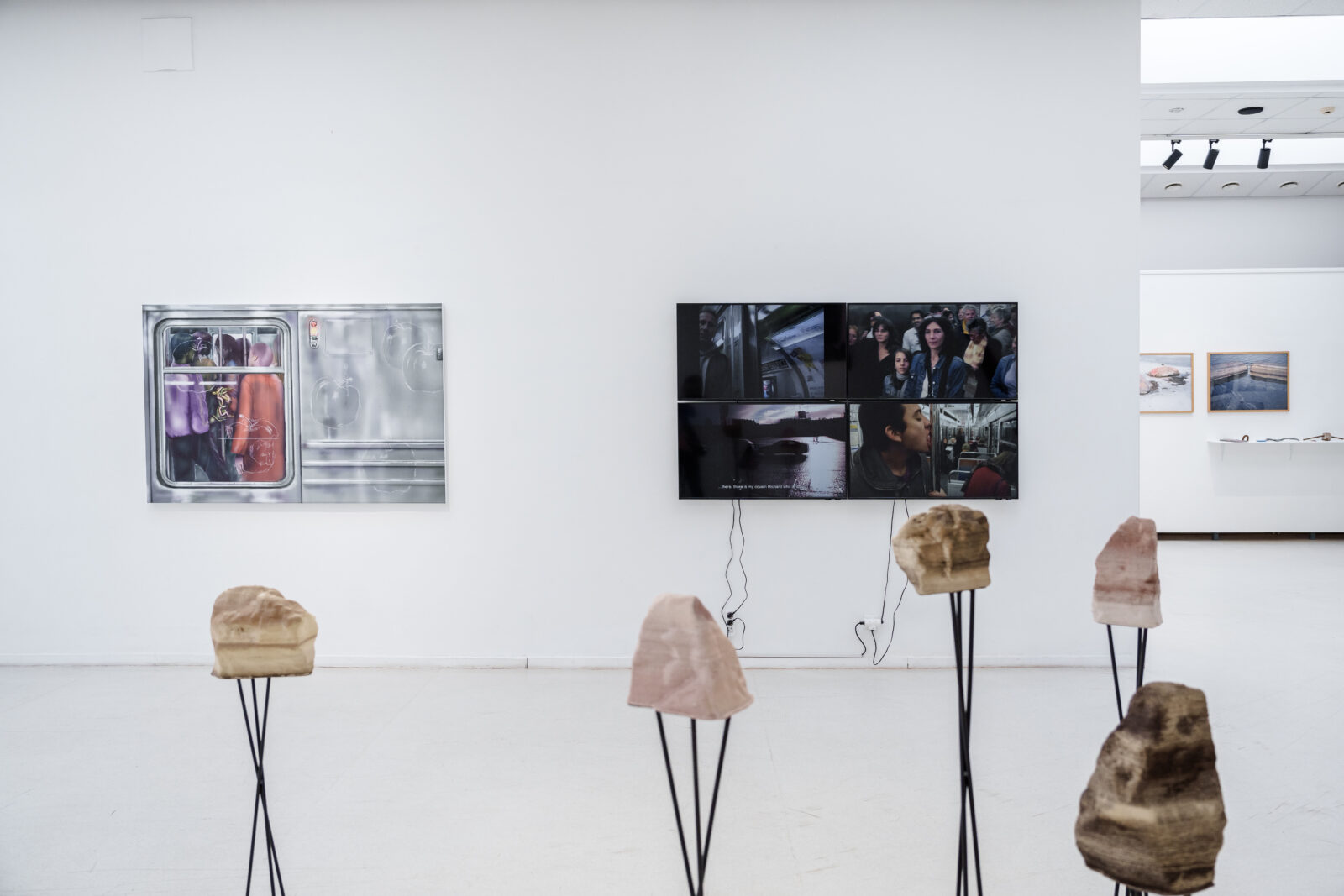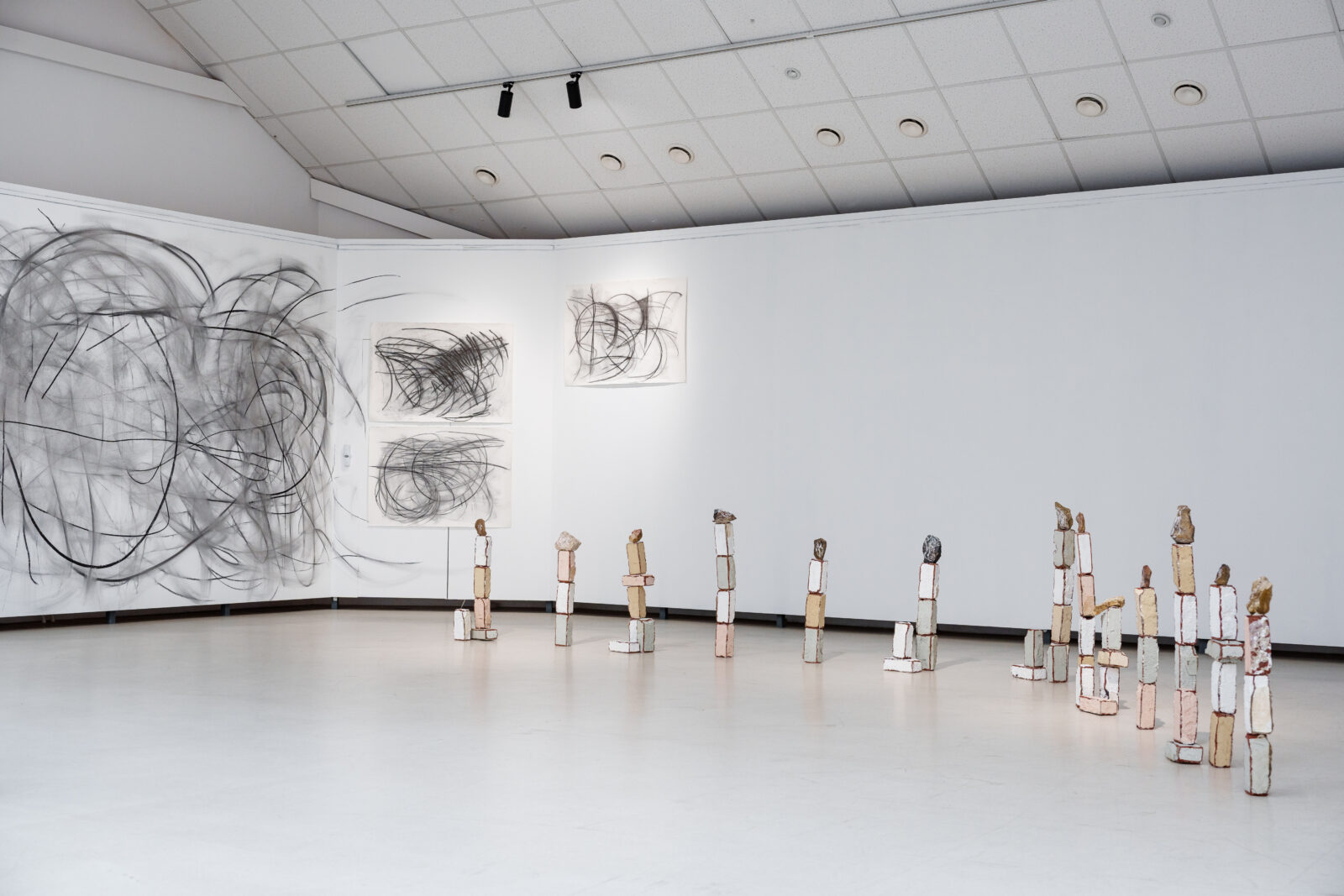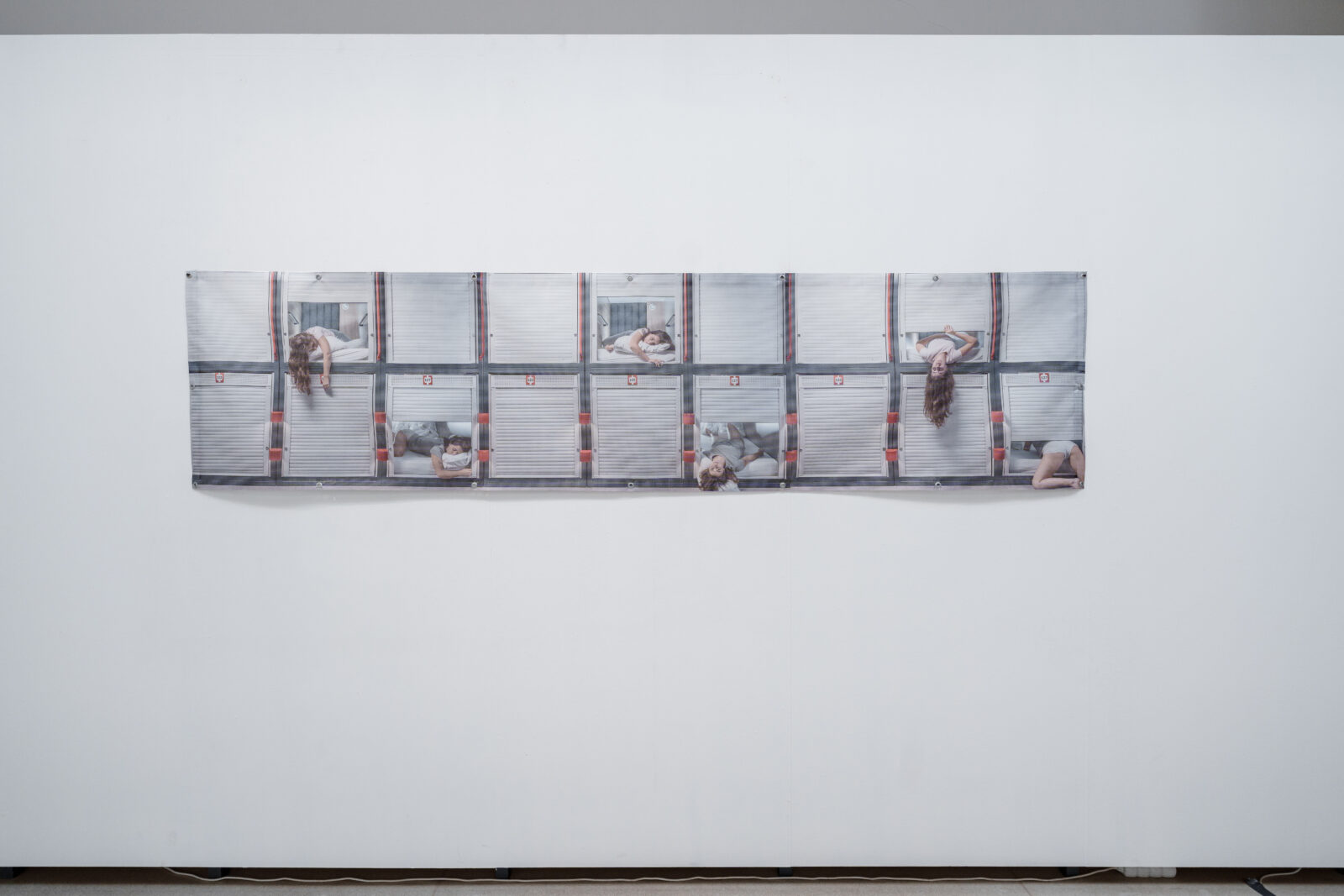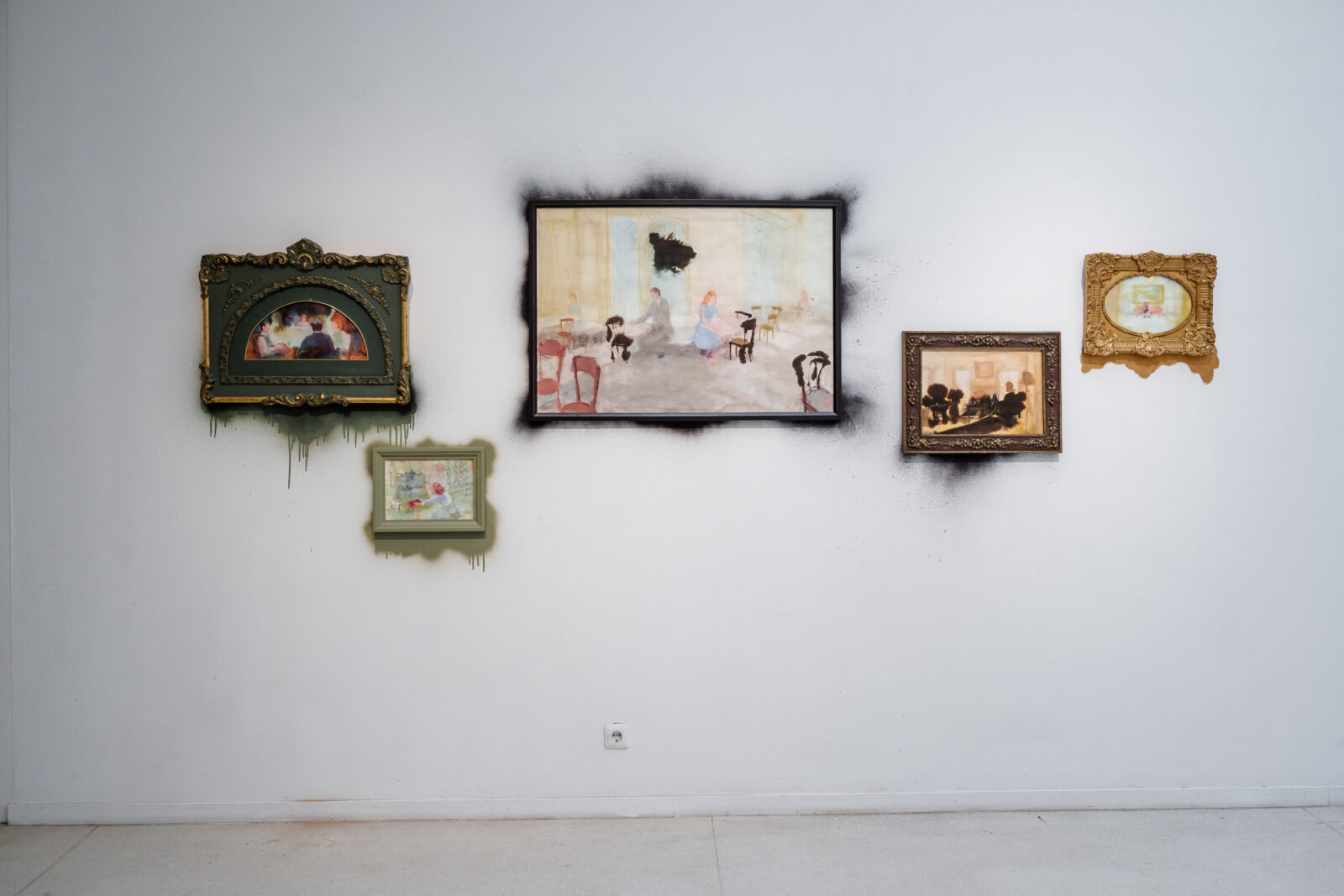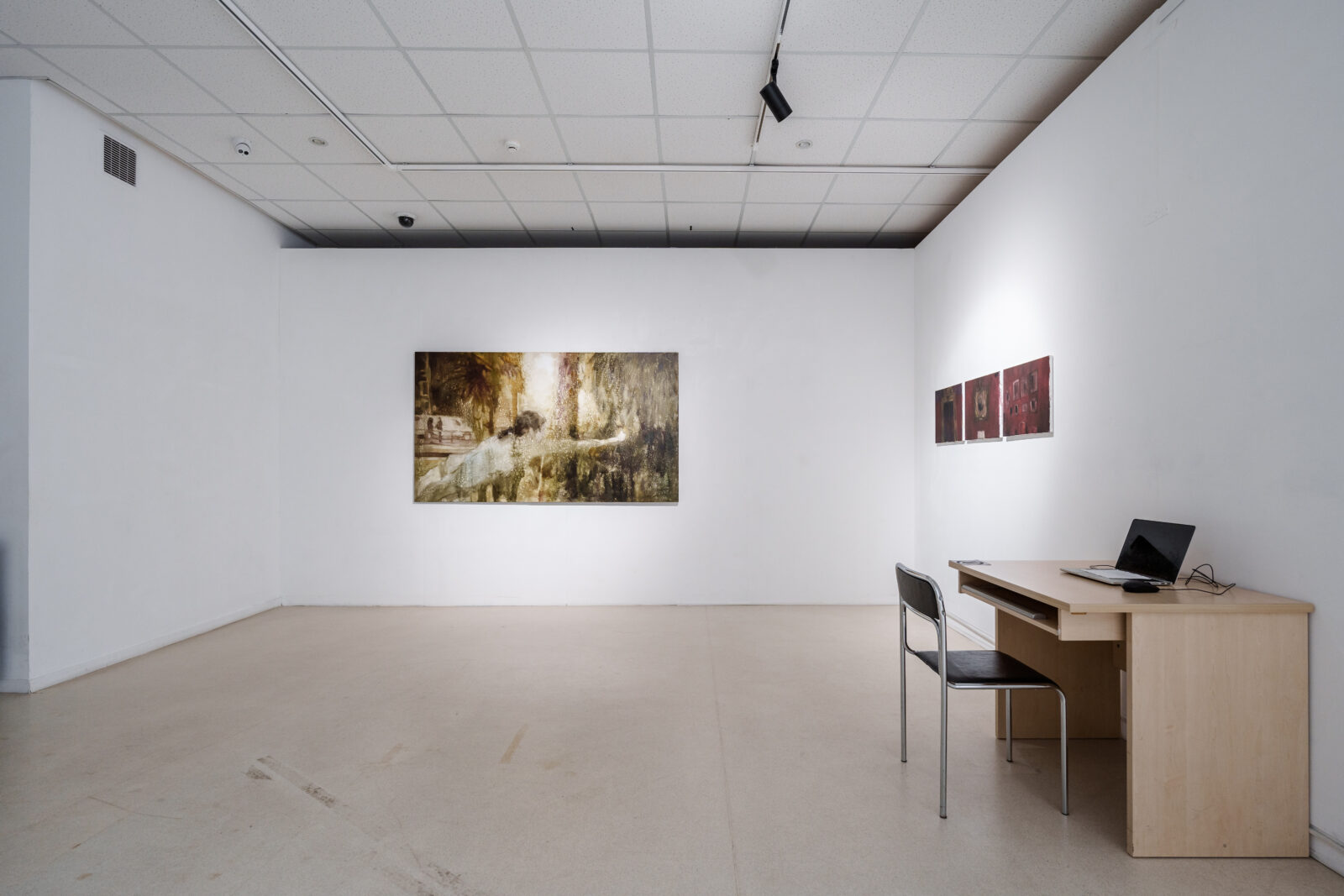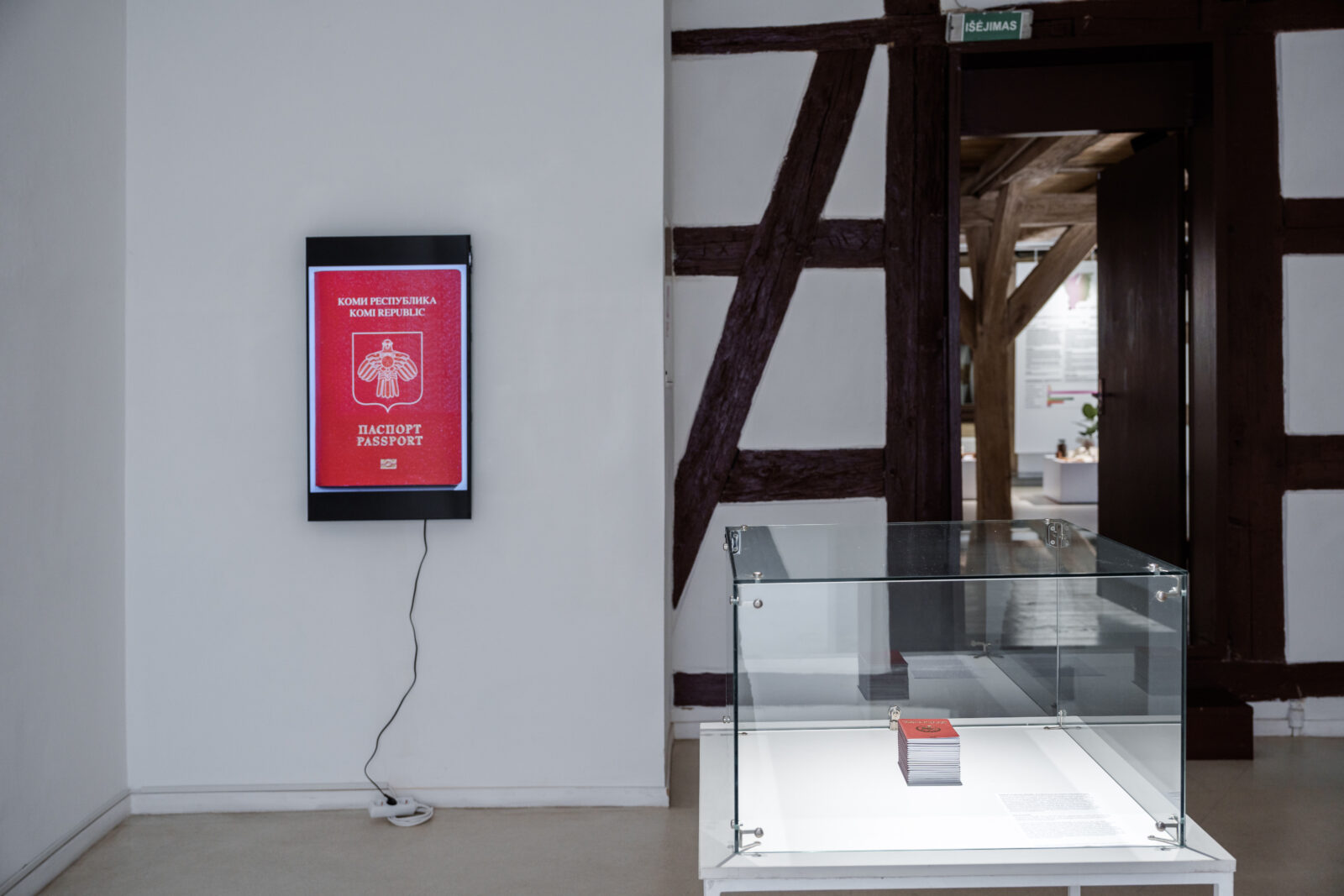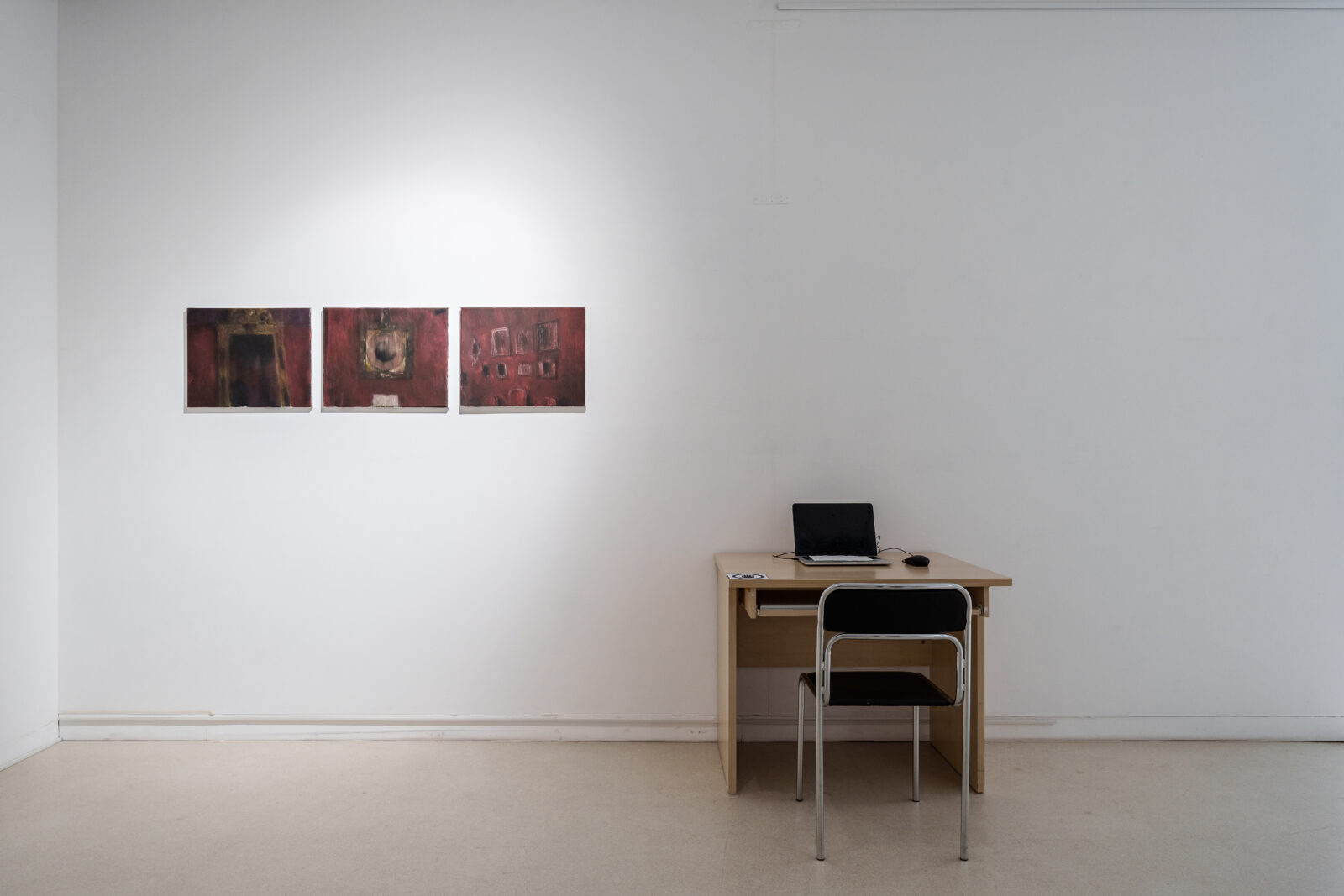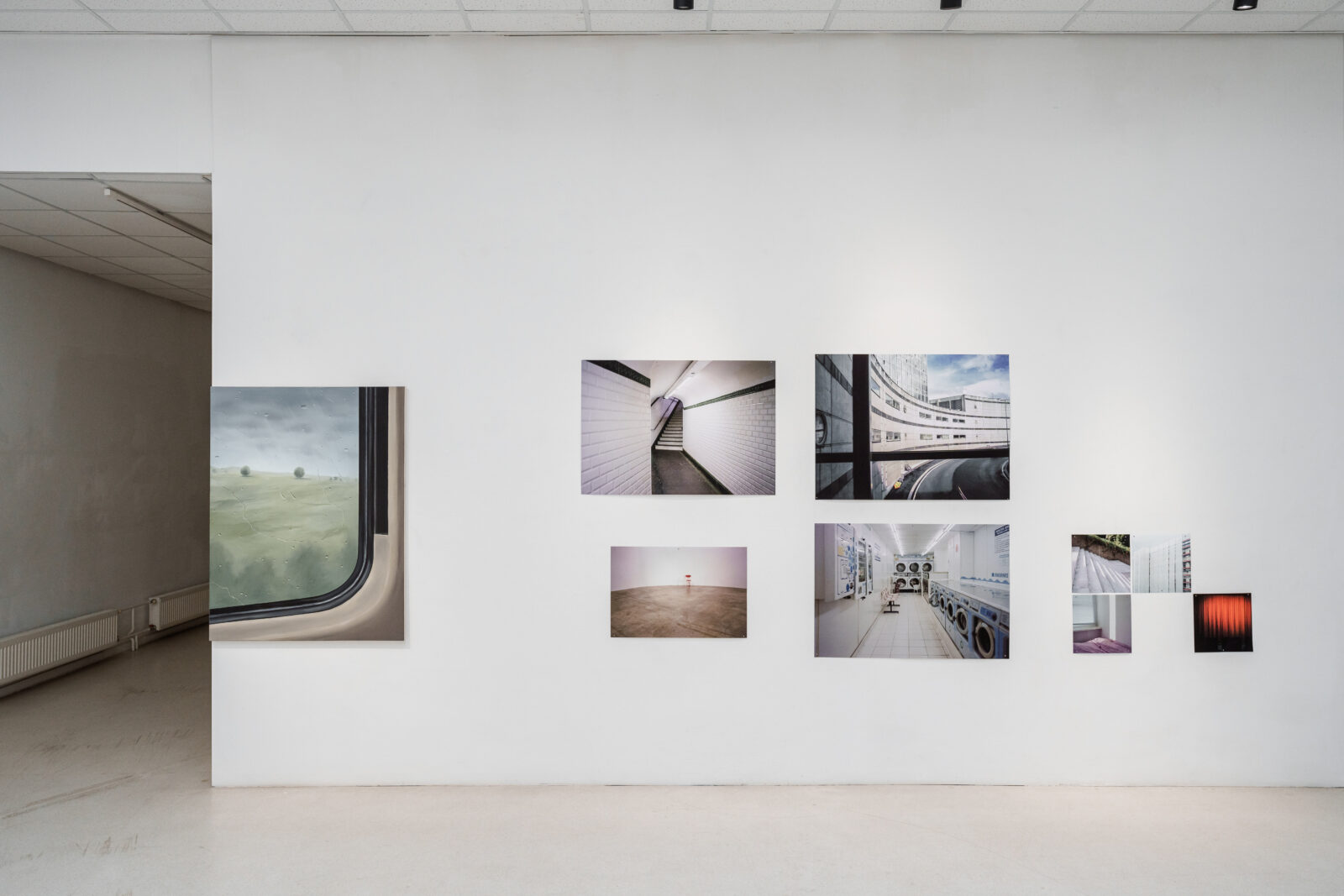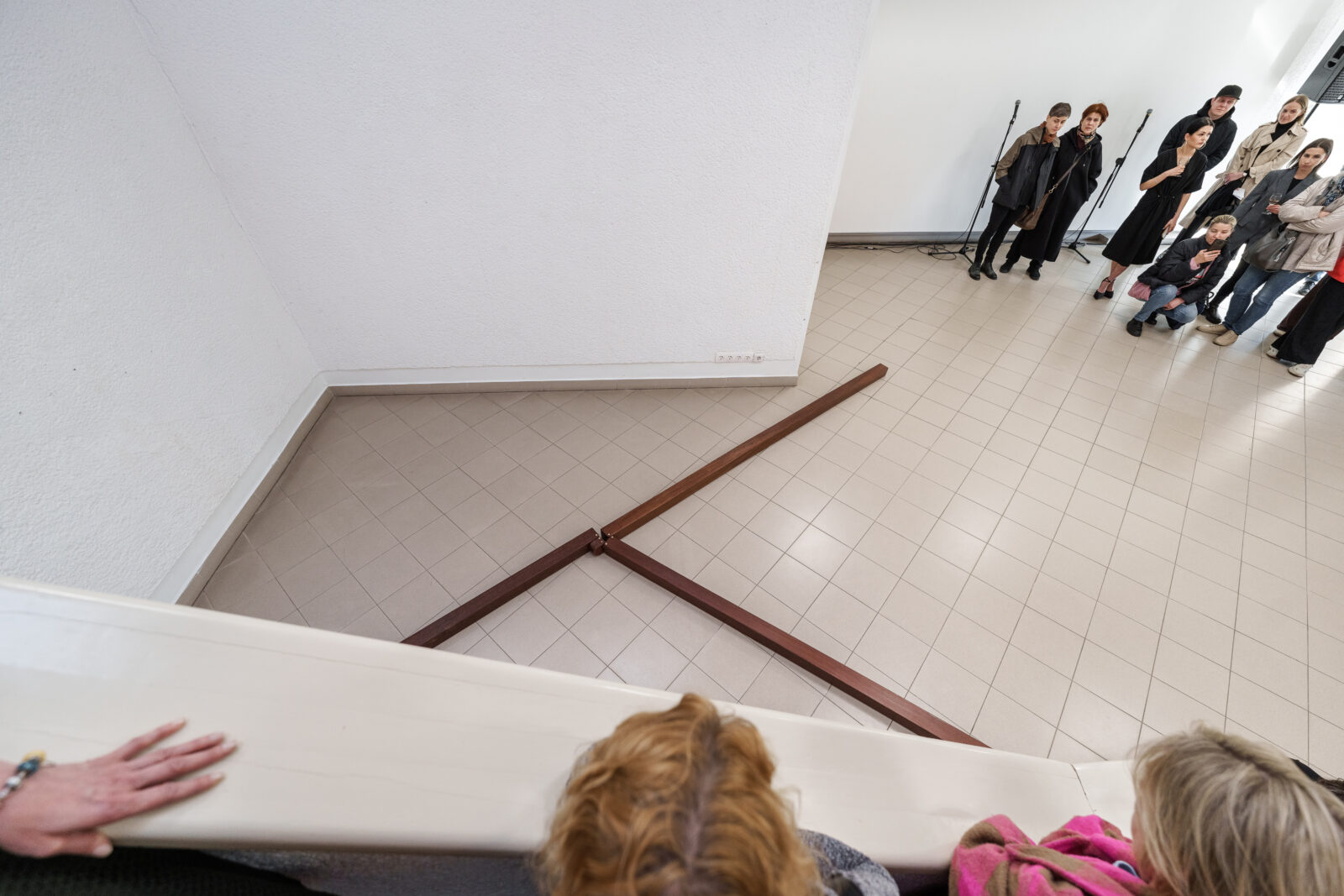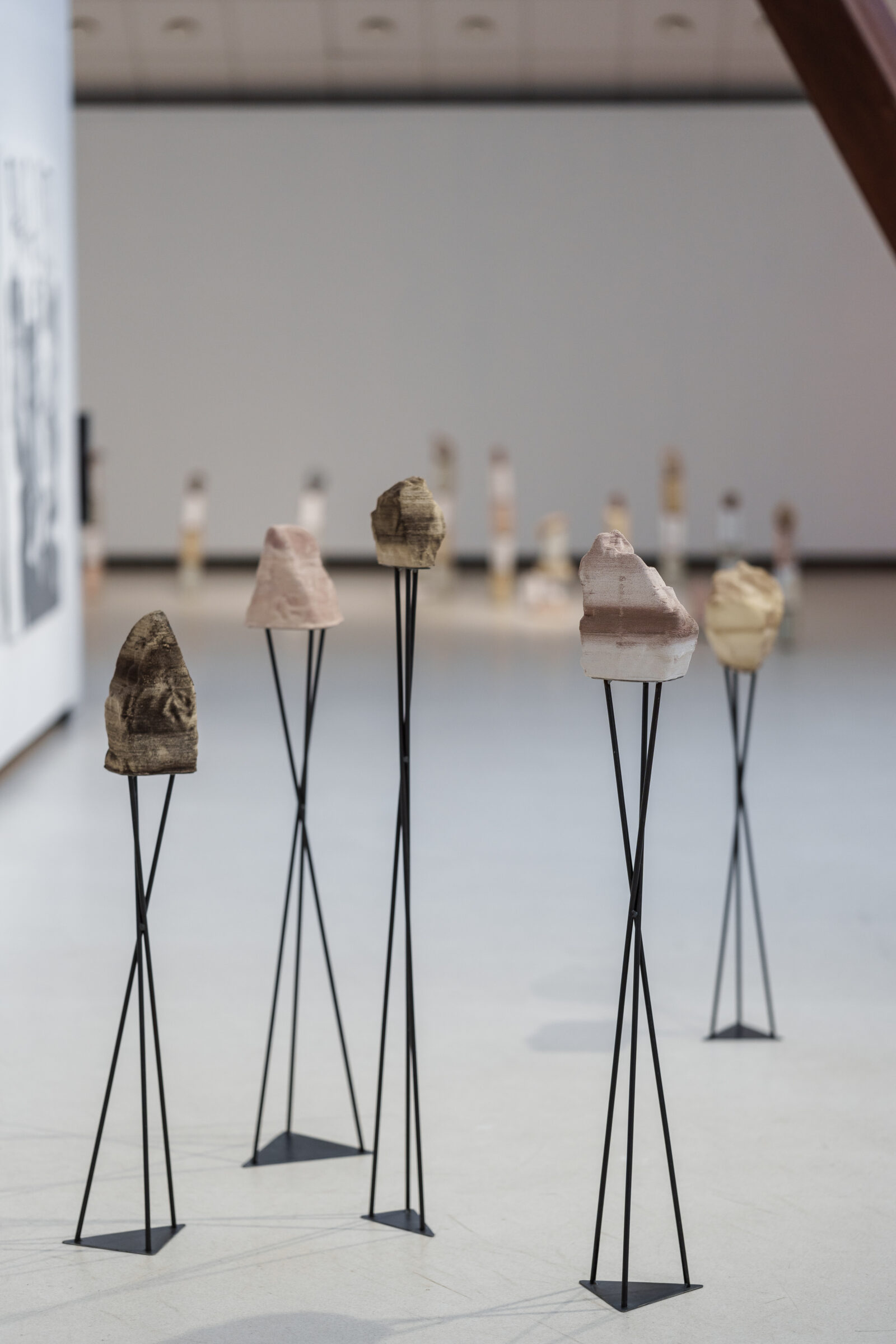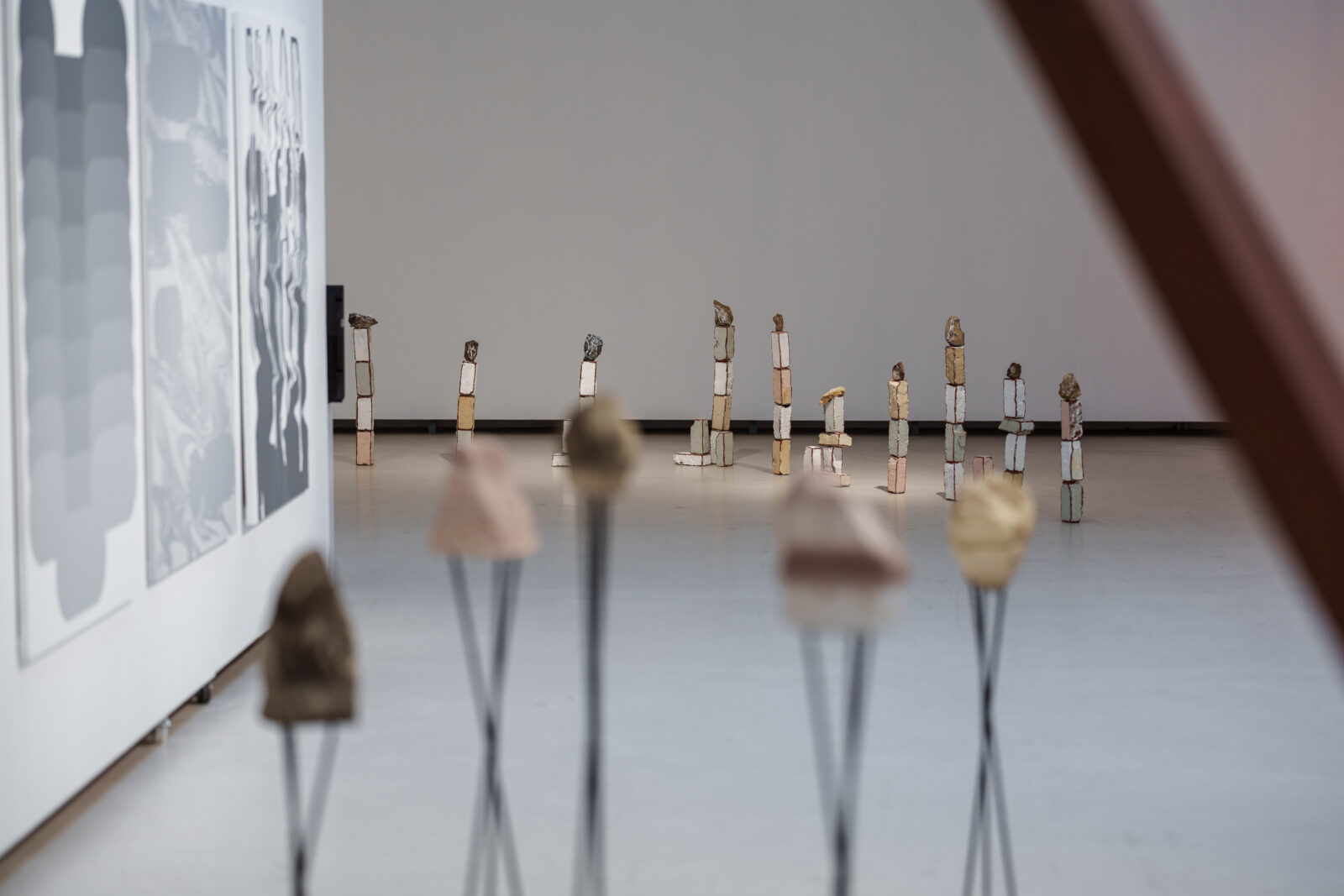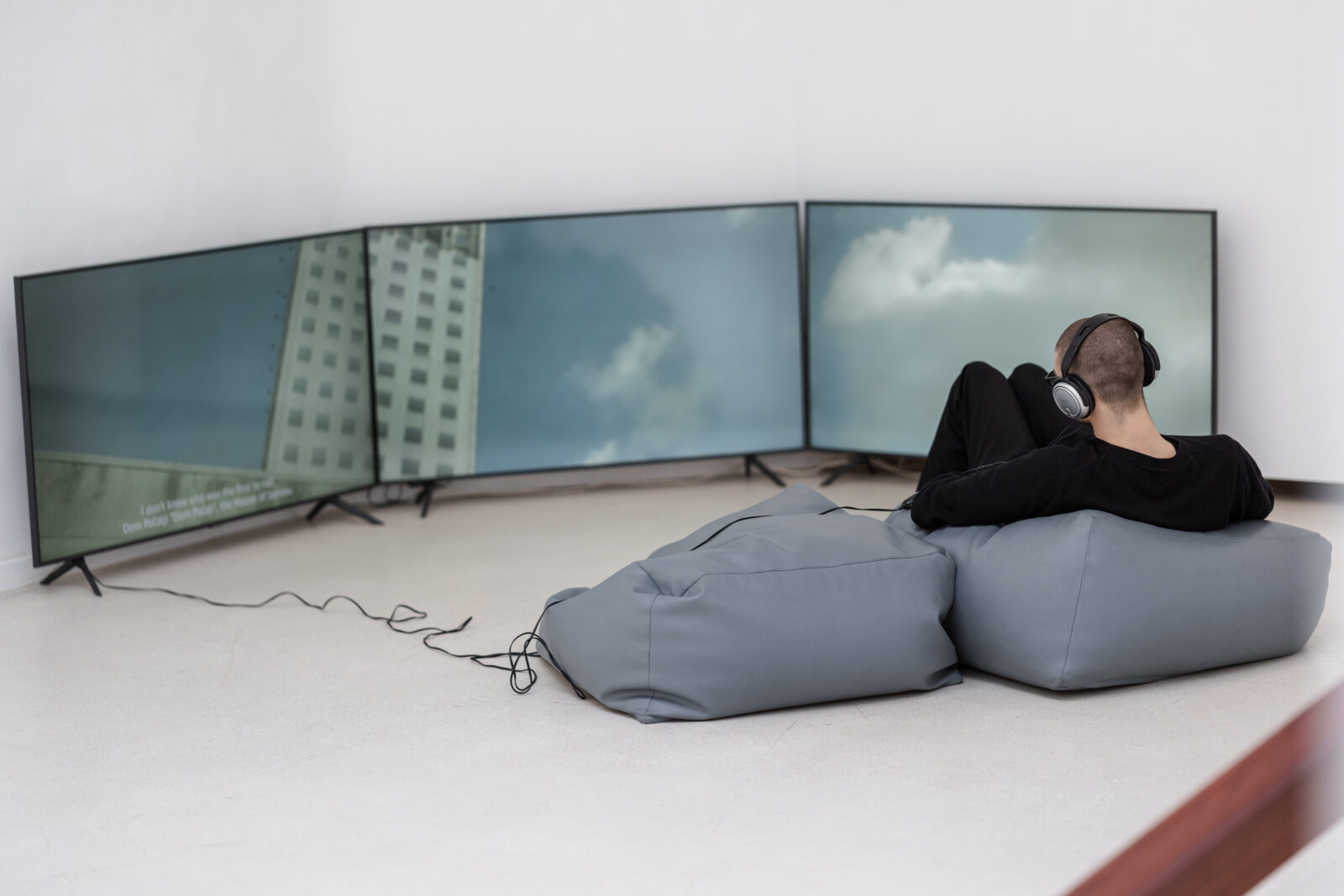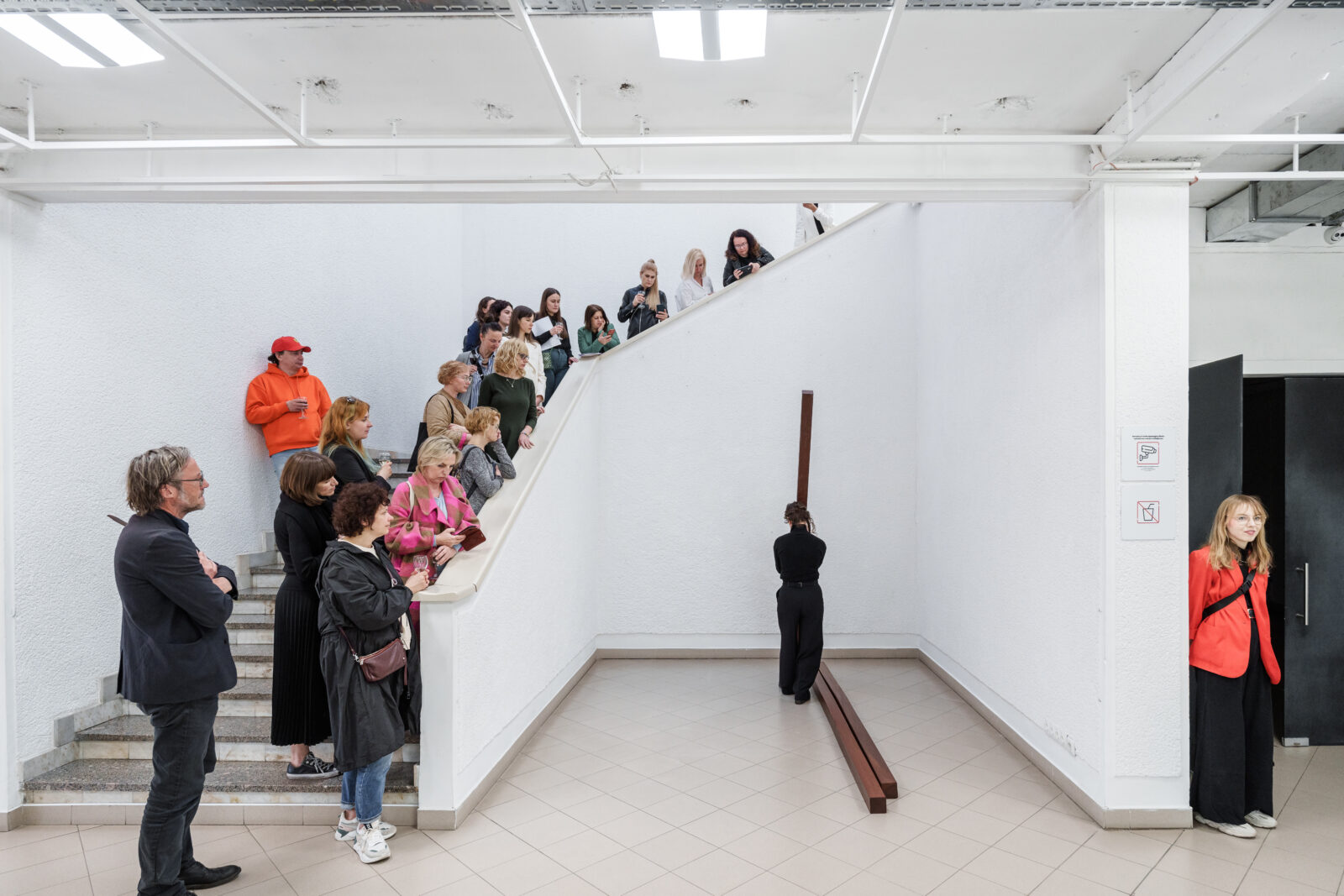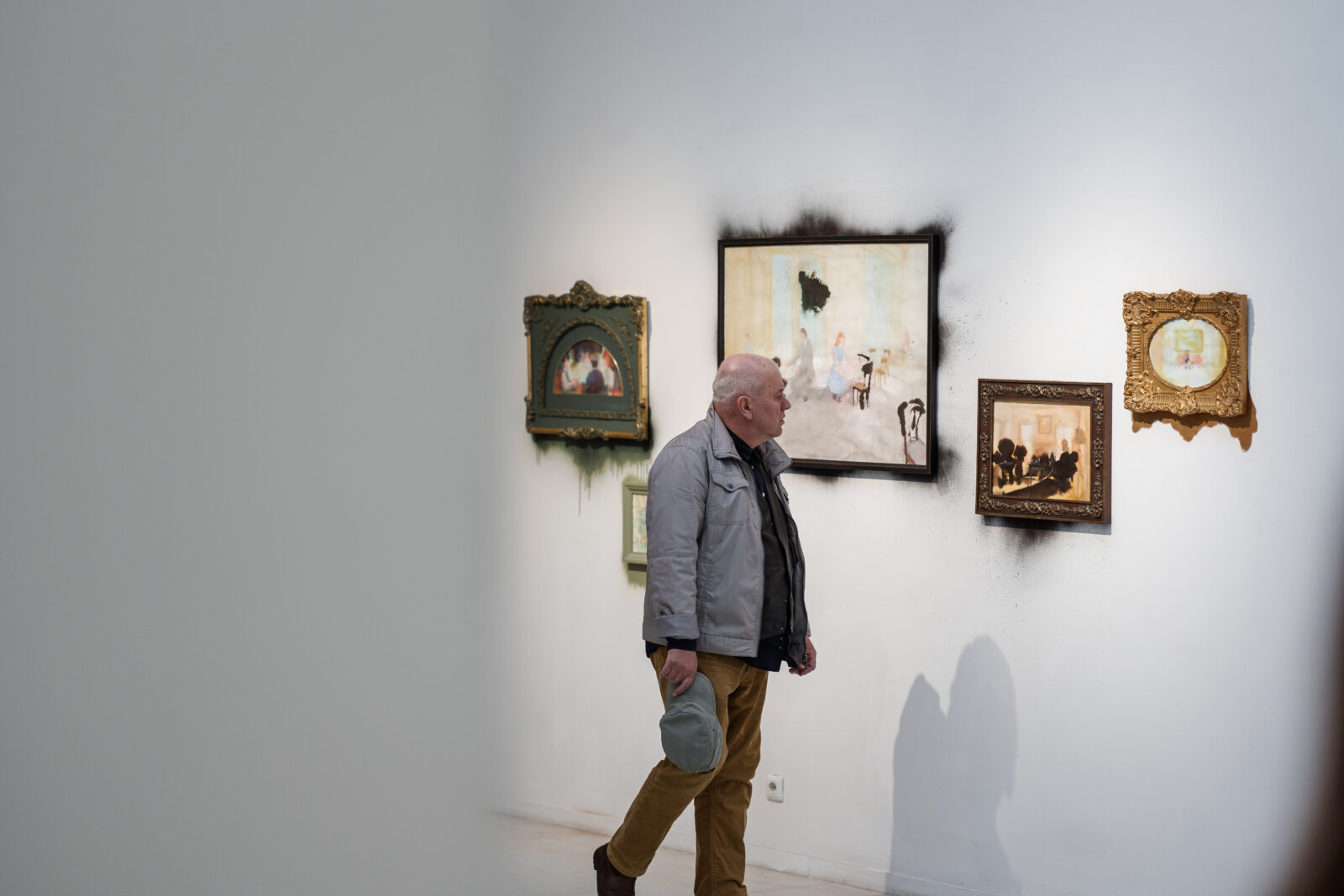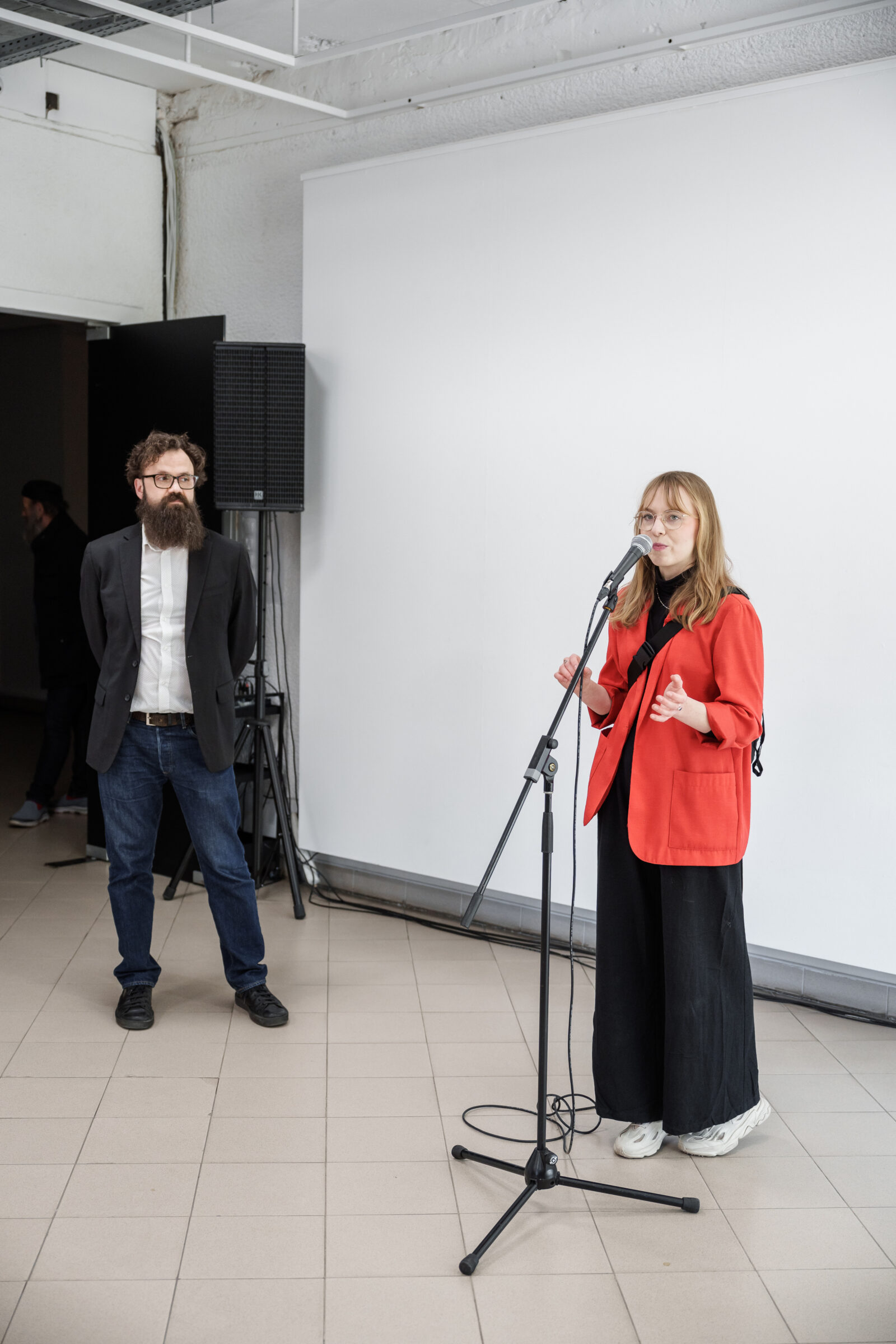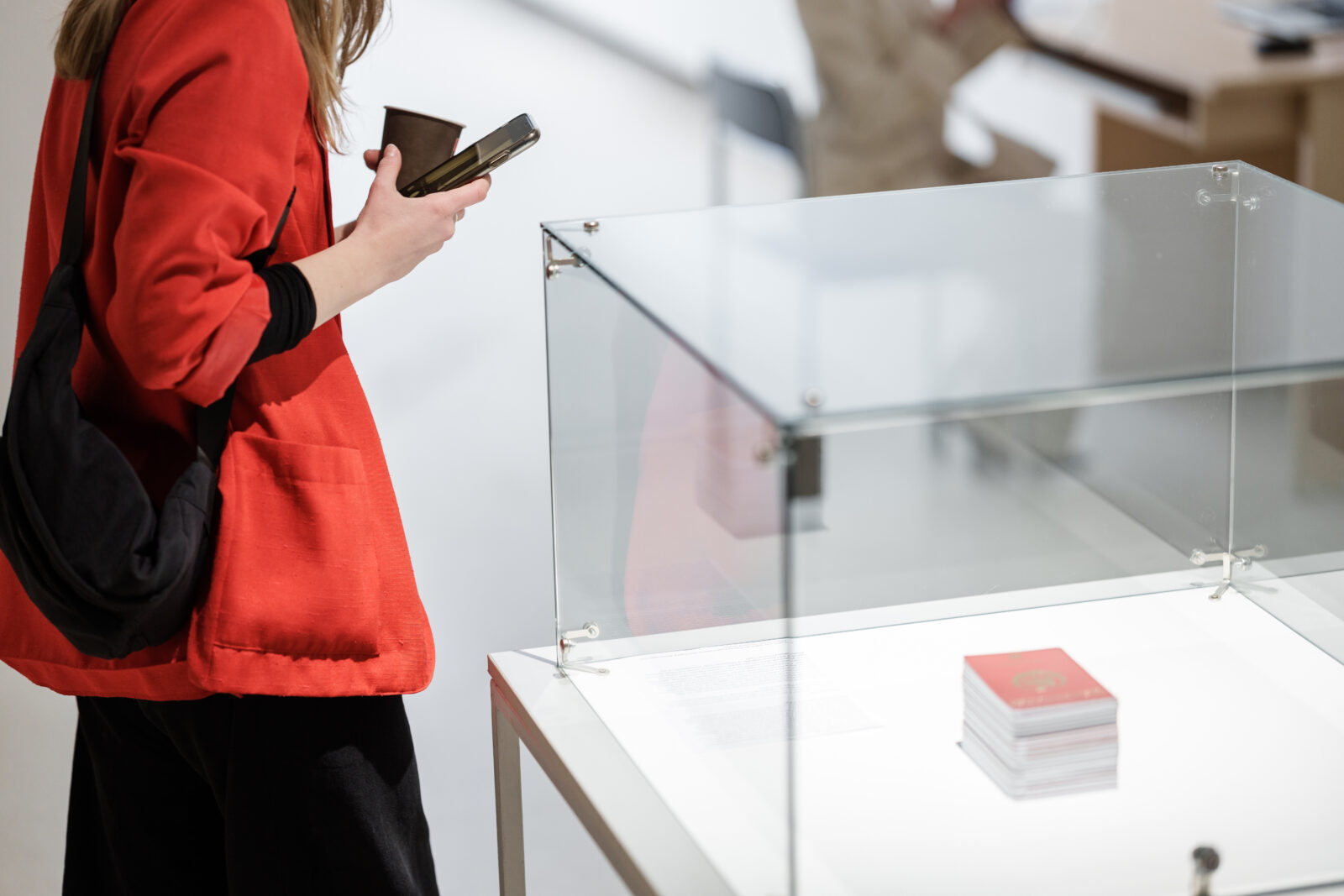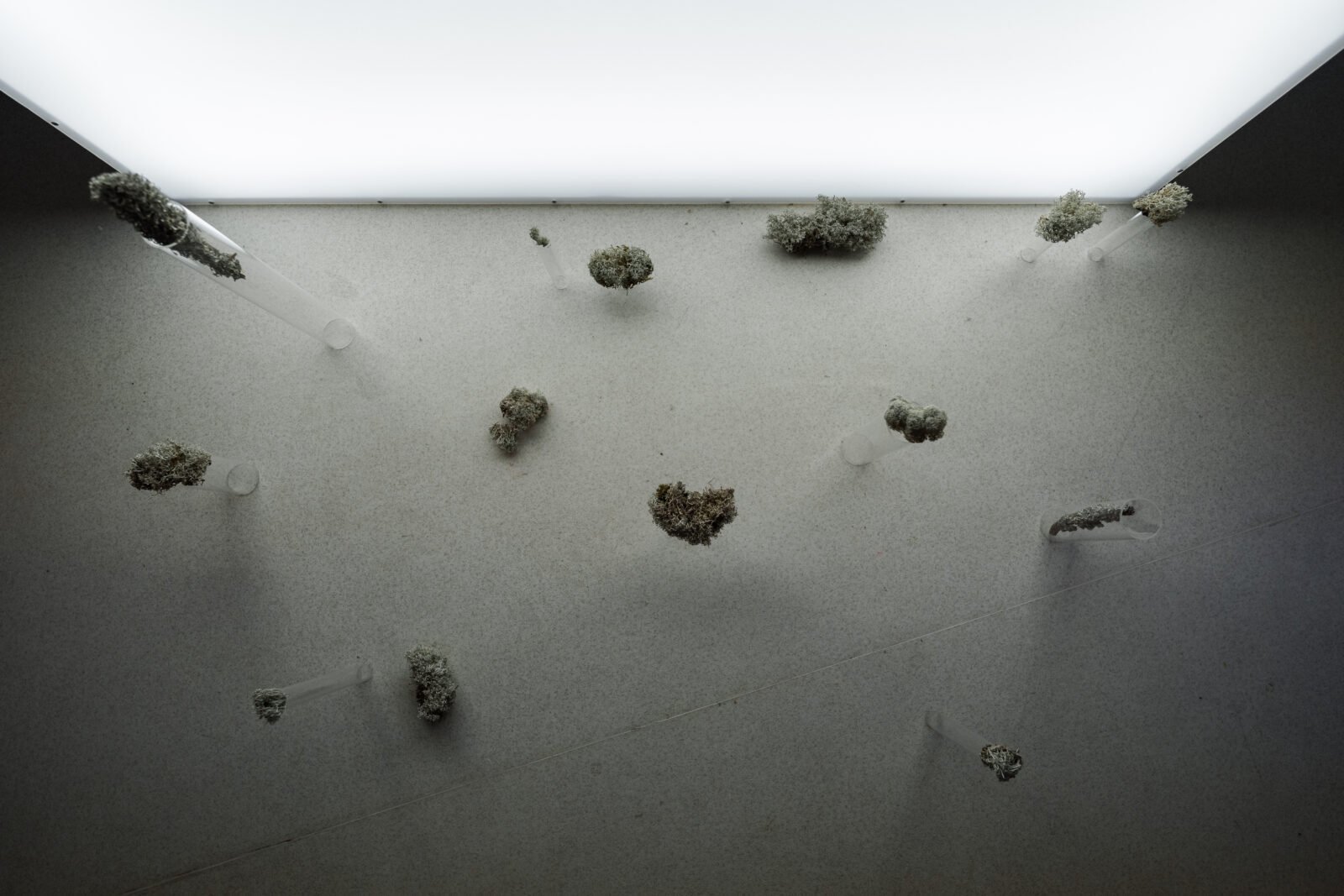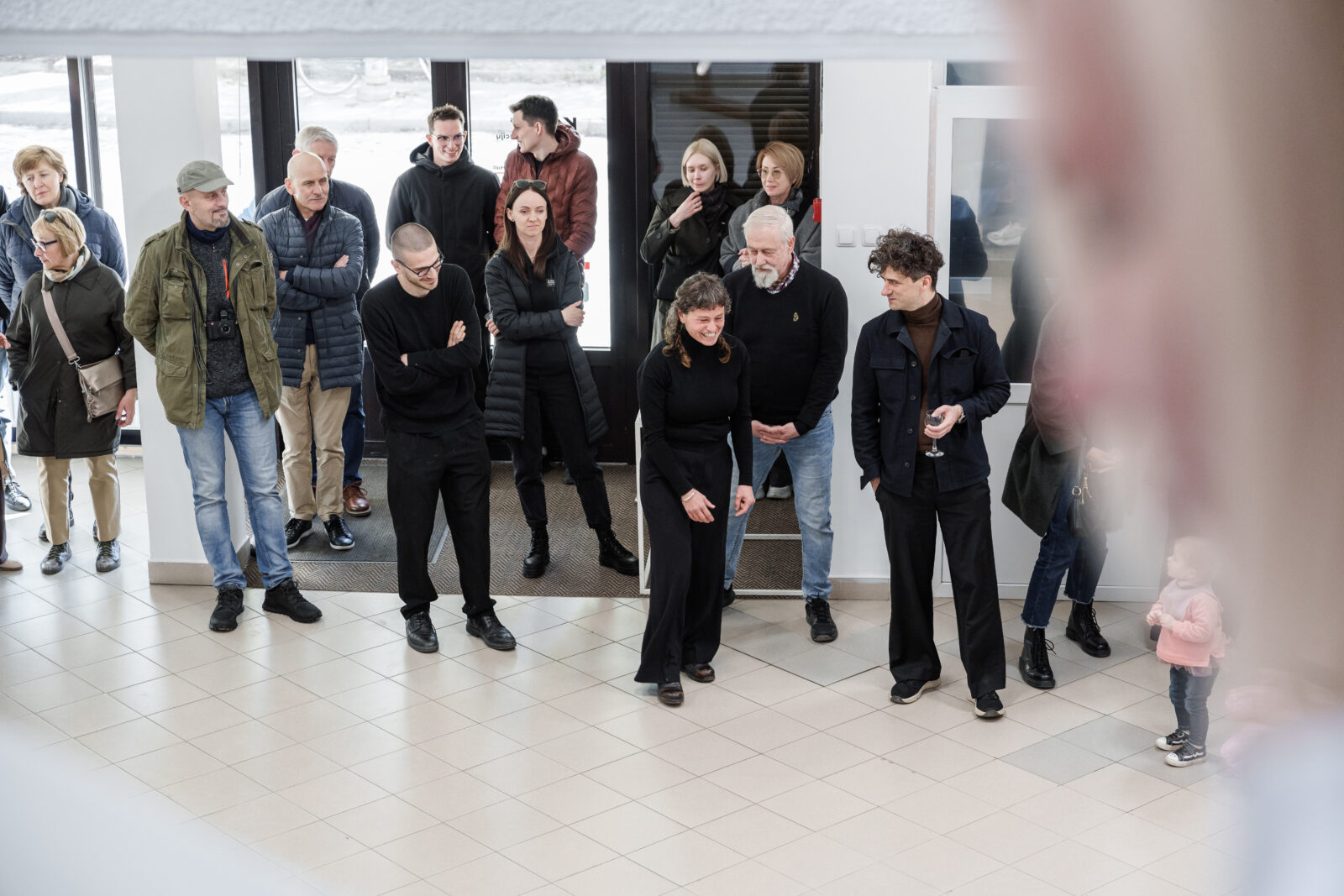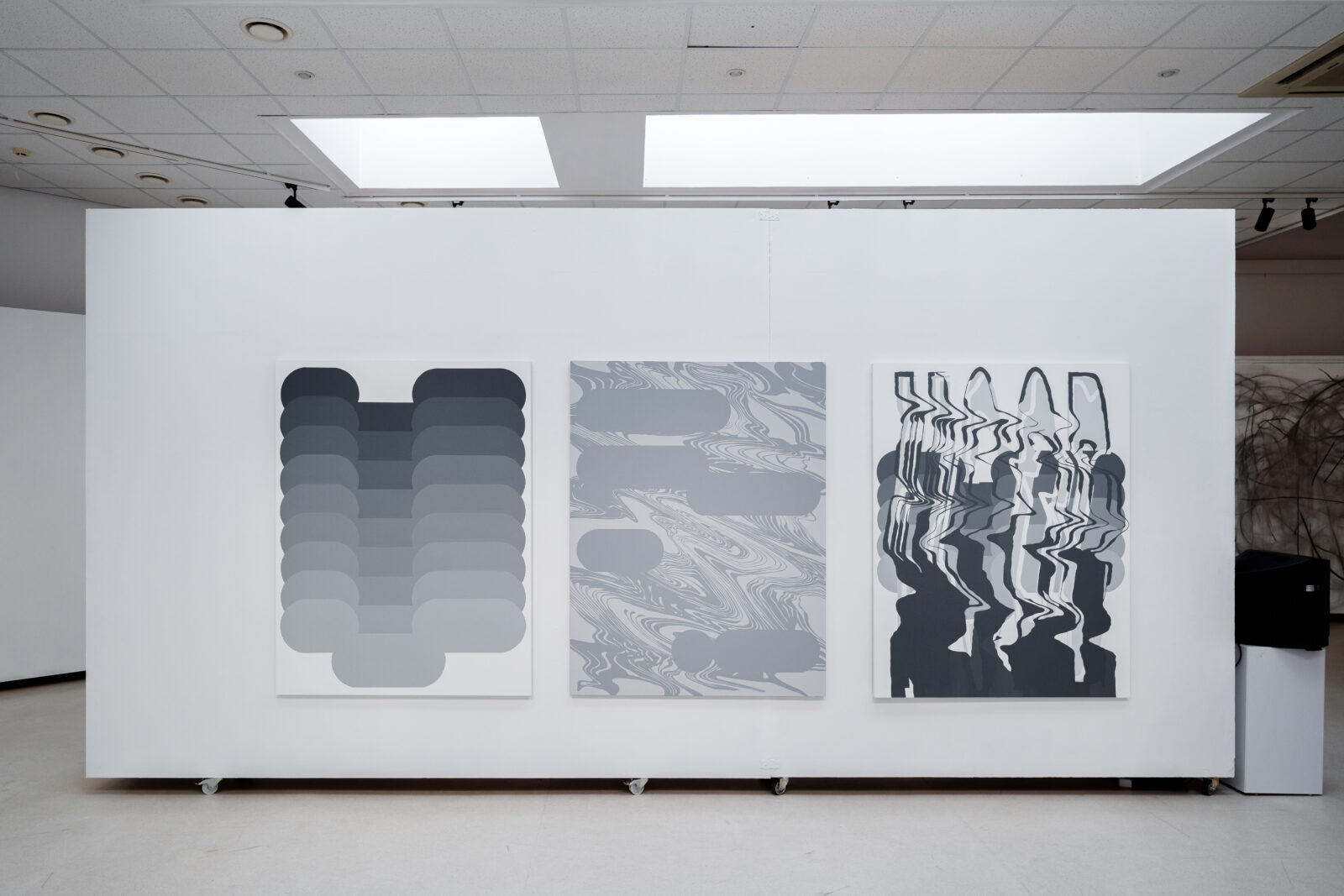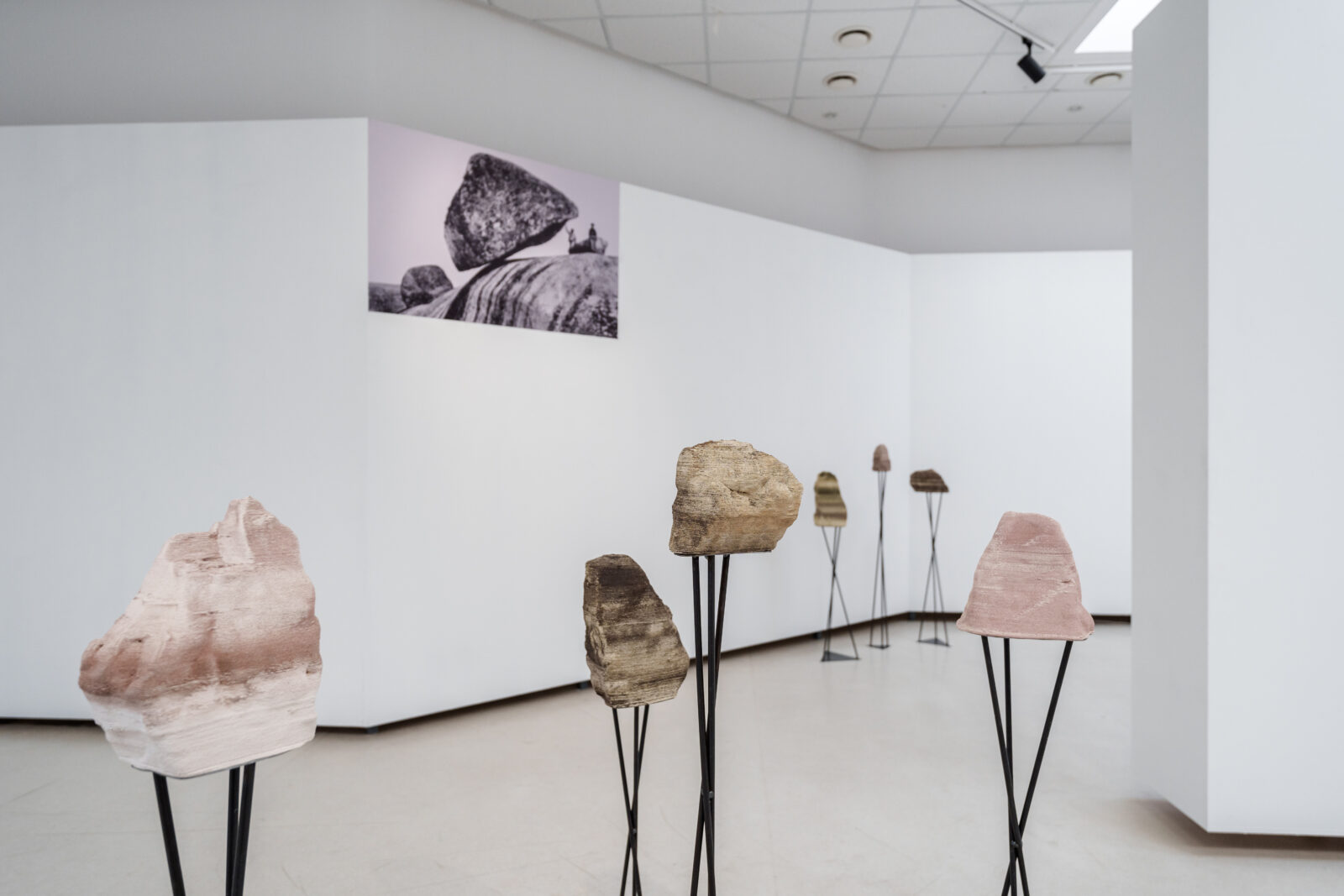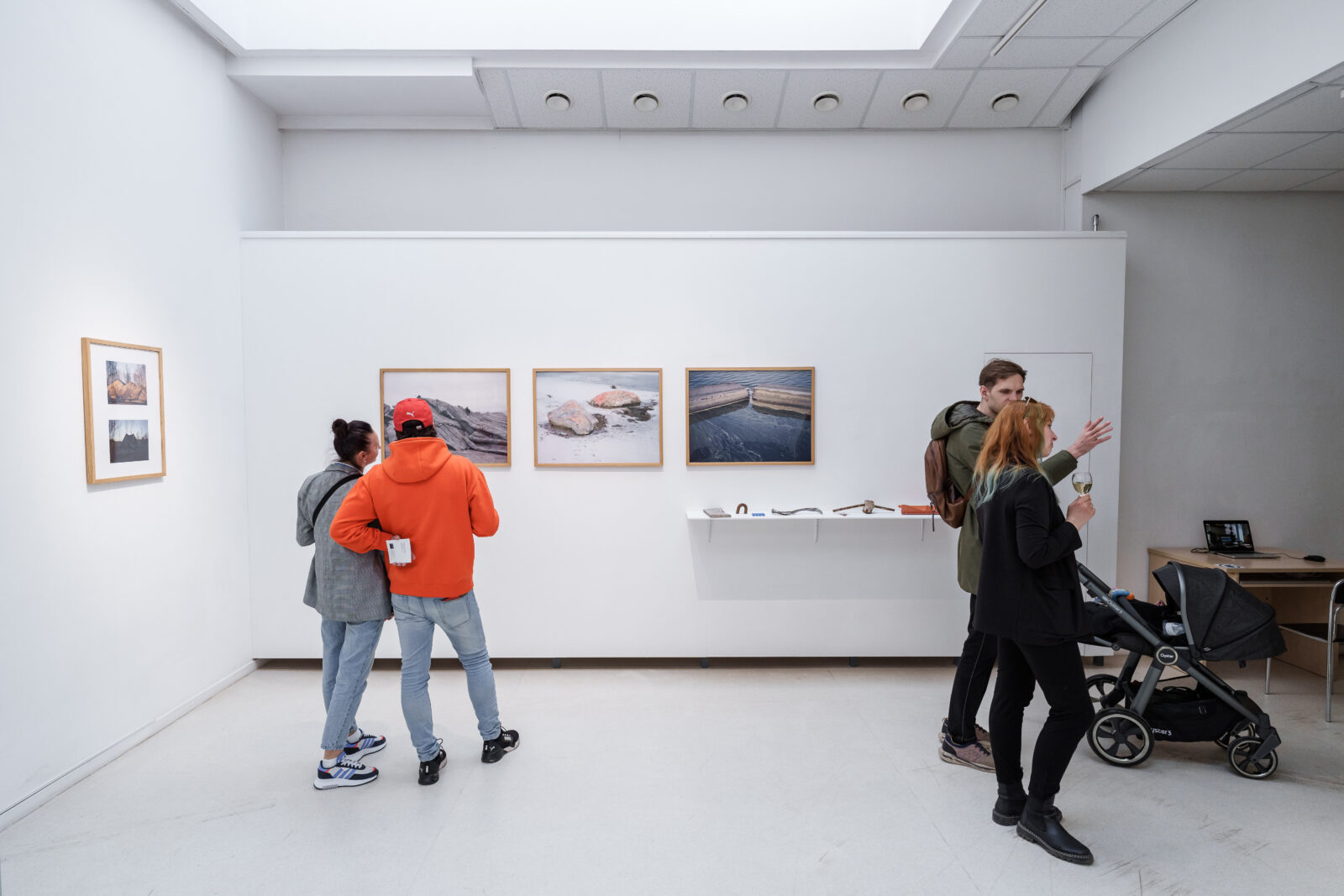I think I’ve been there before
Dovilė Aleksandravičiūtė & Justina Vilčinskaitė (LT), Antti Auvinen (FI), Iván Argote (CO), Aleksander Baszyński (UA), Meryem Bayram (BE), Aurélie Belair (FR), Louisa Gagliardi (CH), Veronika Ivashkevich (BY), Anton Karyuk (UA), Anni Laakso (FI), Hadrien Loumaye (BE), Karolina Majewska (PL), Sebastian Milewski (PL), Katrīna Neiburga (LV), Izabela Olesińska (PL), Iza Opiełka (PL), Angyvir Padilla (VE), Alicja Pakosz (PL), Łukasz Stokłosa (PL), Why Quit (Karolina Balcer & Iwona Ogrodzka) (PL)
***
I think I’ve been there before is a travelling exhibition project that grew out of observations and research into certain states that occur in transit. The exhibition’s first iteration took place in Lithuania at the Klaipėda Culture Communication Centre, and straight from there it travels to Wroclaw to transform and react to the context of a new space and geographical point. It takes as its framework the notion of liminality and “non-places” considered in three interweaving paths:
I. Correlations of architecture as a transit of space and time.
Thinking about a certain state of anxiety and discomfort that architecture itself can evoke, one can recall public crowded places such as waiting rooms, buses, and airports. Or, on the contrary; vacant lots transformed by time or the development deeds of large cities; hotel corridors straight out of “The Shining” movie – which seems to lead to no particular destination. Following Juhani Pallasmaa, the key role of architecture is a shelter that is a projection of our measurements and needs, it is supposed to enhance our sense of reality and subjectivity. From the sociological perspective, the issue of space in people’s lives remains on the sidelines concerning other studied currents, and there are still some blind spots in public spaces in the form of liminal places that disrupt this order. The first layer of the exhibition deals with situations, feelings, and changes that begin in the architecture and the immediate surroundings, which are shared together, and often seem to be the background for internal experiences.
II. Territories, domesticity, lost bodies.
The second layer of the exhibition is exploring the levels of social and political in-betweens in the oppressive, transforming world in which we are anxiously trying to find ourselves. It addresses topics such as displacement caused by war or economics, diasporic populations, and the state of being unsheltered. It questions the idea of home and the territories, the dreamlike areas of doubt. With the rise in industrialisation and the emergence of leisure as an acceptable form of play separate from work, liminoid experiences are becoming more and more common. Often not of our own volition, we live in a time of constant change, where it is difficult to define our place of habitation. Despite this, we somehow strive for comfortable housing that would meet all our needs and be a solace, and stability. At the same time, the world around us is becoming noisier, more dynamic, and cramped, where the boundaries between work, home, and spiritual space are blurring more than ever before.
III. Internal corridors, emotions, disappearance.
The exhibition ends with abstract emotional suspensions on a more personal level, which causes the feeling of being on the threshold. Liminality appears there as undefined limbo, between our relationships with nature, technology, and spirituality. The notion of liminality has even become the subject of art memes, which, functioning in the metaverse, perhaps show that we can’t quite cope with certain states or haven’t had time to work through them yet. This perspective completes the juxtaposition of the stories about the lack of structured processes for dealing with states such as alienation, illness, and grief, which are about change, disappearance, and transition. At a time when there is an increasing focus on mental health and the topic is not being downplayed, the interweaving of internal themes with what physically surrounds us is becoming something increasingly oficial in social discourses, including art.
***
Through its open and transformative format, the exhibition creates a platform to reflect on public and virtual places of transition that seem to belong to no one. With the rise in industrialization and the emergence of leisure as an acceptable form of play separate from work, liminoid experiences are becoming more and more common. Given the often nomadic nature of their work, this phenomenon largely affects those engaged in artistic practice, where it is difficult to define a place of habitation. The notion of liminality has even become the subject of art memes that, while functioning in metaverses, thus fit perfectly into being in
„no one’s” place. The exhibition seeks to observe the relationship between liminal places and territory, domesticity, and emotional states of transition, addressing issues of diaspora, political or economic displacement, homelessness, and abstract states of suspension. Through the variety of twenty-two artistic practices, the project juxtaposes the layers of transitional states in an oppressive, transforming world in which we anxiously try to find our place. The performative part of the exhibition responds to the anxieties of uncertainty caused by liminoid experiences by observing reactions, measuring space, analysing emotions, and
asking where home is.
Natalia Barczyńska
Organised by: Krupa Art Foundation and Klaipėda Culture Communication Center (KCCC)
Supported by: European Union and Goethe Institut, Flemish Government, Krupa Gallery
This work was produced with the financial assistance of the European Union.


